
I’ve saved my best homologation special story for last.
I like to think of it as the final stretch, and if you take perspective into a more strategist approach, you’ll find that saving the all-star-hall-of-famer to bring home the win is common practice. Brace yourselves ladies and gentleman, because the undisputed champ is here.
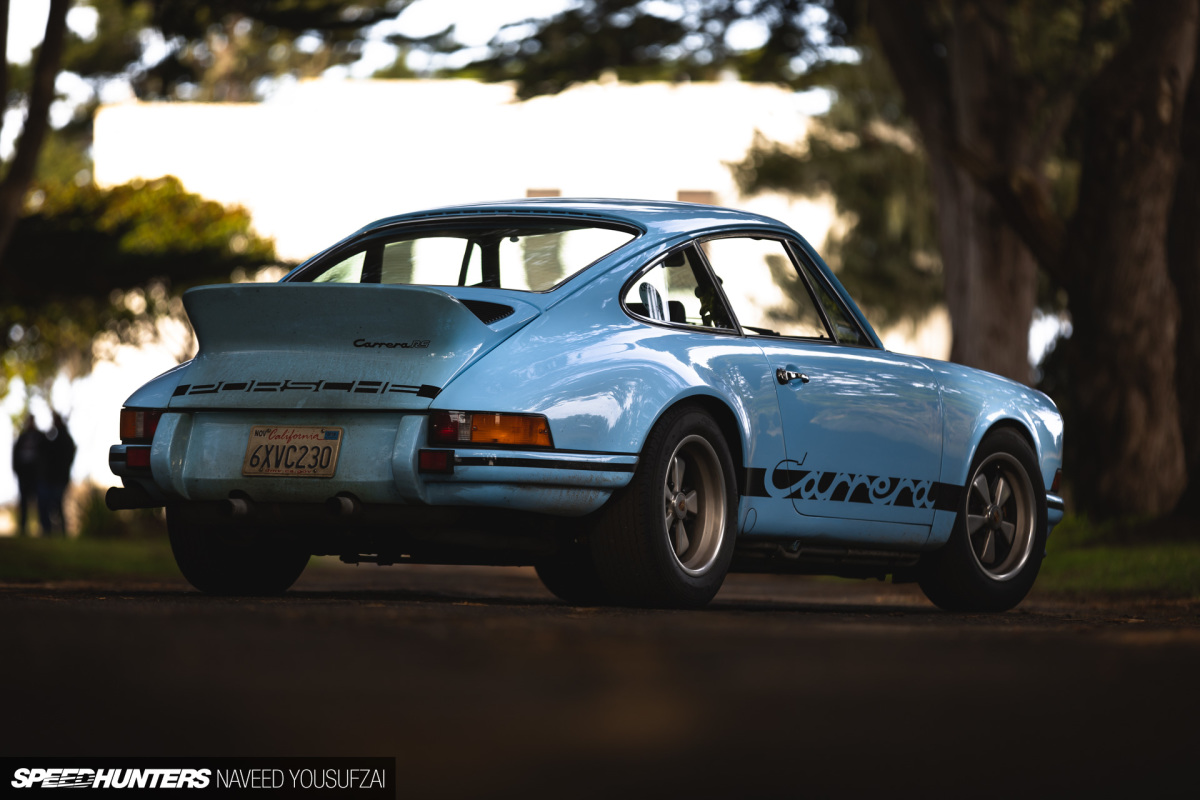
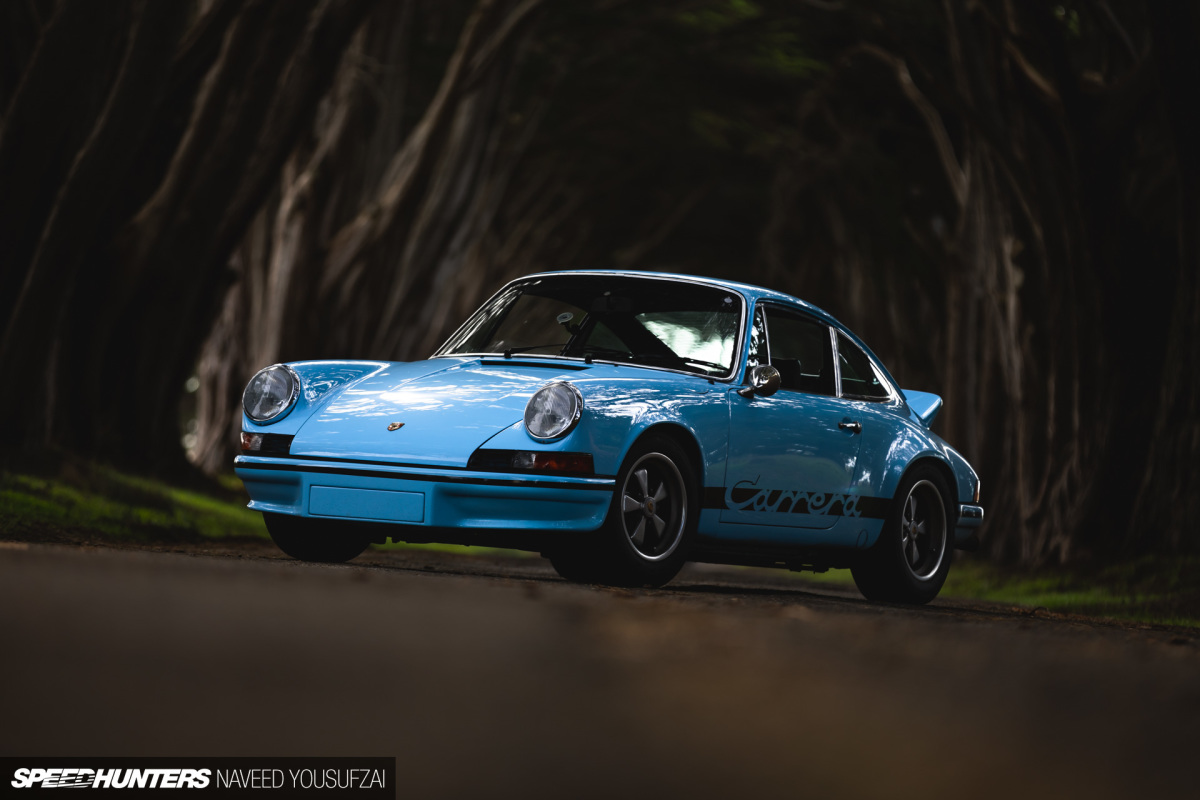
Diving right in, I’ve concluded that there has never been a more perfect Porsche than the one you see pictured above. I know that’s a bold argument to make, but bear with me as I shed some light on what makes the 1973 Carrera RS 2.7, the most iconic 911 to ever exist.
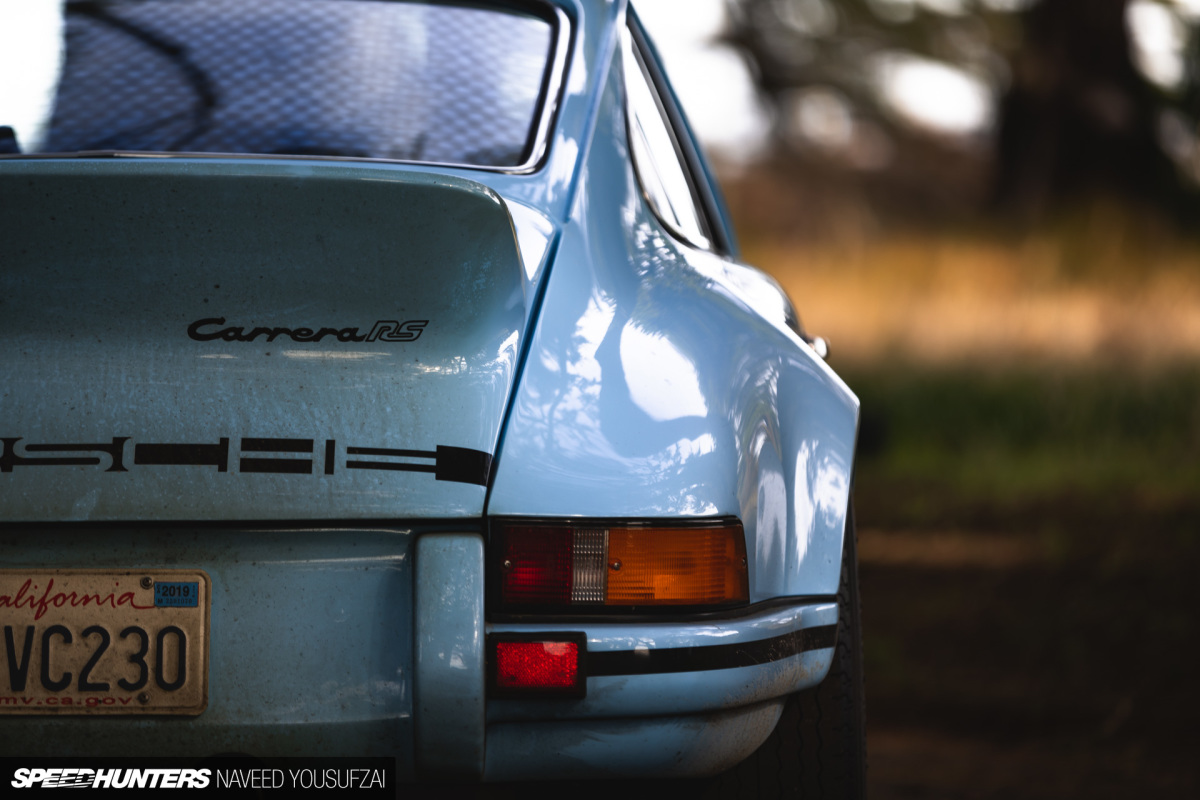
The ’73 Carrera RS 2.7 is undoubtedly considered the holy grail of all 911s. It’s the most thoroughbred 911 of them all, with characteristics that genuinely make you feel like you’re driving a race car, on the road.
It’s stiff, it’s rev-happy, and the 2.7-liter mechanically fuel injected flat-six makes a noise that no other 911 has yet replicated. So it’s safe to say it wears its badge with a tremendous amount of pride, being the first production car that Porsche offered its iconic RS emblem on. On the contrary, it wasn’t the first car to rock the RS badge.

In fact, the name was first used 15 years prior to the 911 RS, on the 718 – a car that was based on the über-successful 550A. The 718 was considered an improvement from the 550A due to its shorter wheelbase, upgraded suspension, and redefined bodywork. It boasted a 1.5-liter, 142hp flat-four engine in the rear, and finished first in class at Le Mans in 1958. Additionally, in 1959, the 718 – now nicknamed the RSK (Rennsport Kurz, German for Racing Sport Short) – brought home the victory in Targa Florio.
With two prestigious wins, the RSK proceeded to win back-to-back trophies at the European Hill Climb Championship in both 1958 and 1959. Throughout its life, the 718 was further developed with various updates and names until 1964, where FIA regulations eventually ruled the car out of the series. So when Porsche finally revived the RS badge, they did so with a sense of occasion.
911 Carrera RS 2.7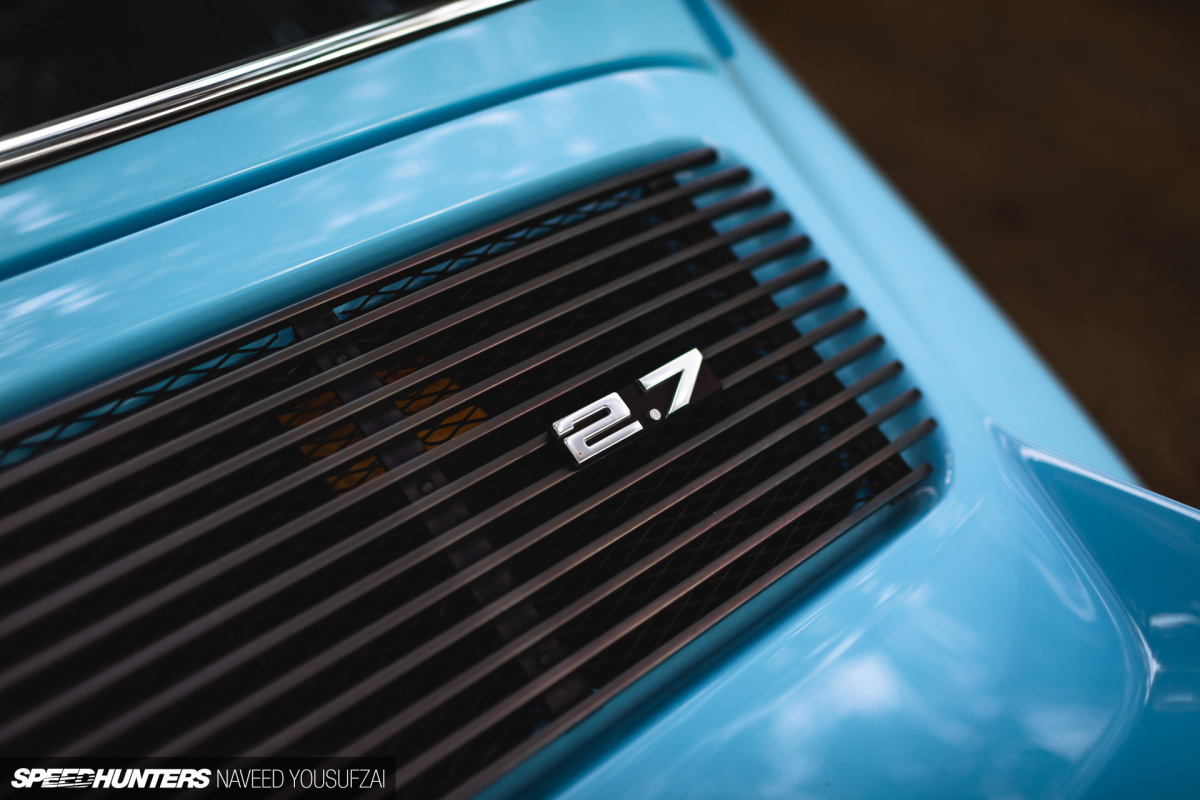
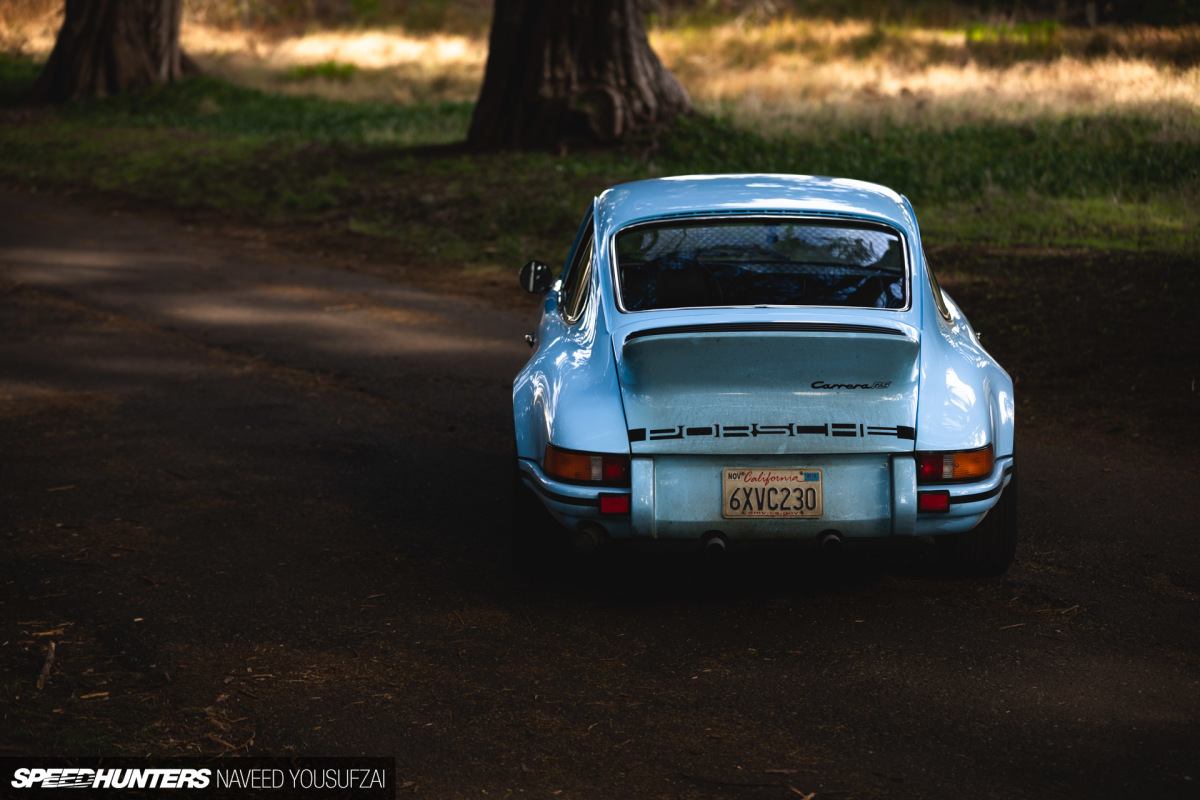
Prior to the ’73 Carrera RS, the sportiest version of the 911 available was offered in the S trim. But when Porsche decided to join the Group 4 sports car series, the S-trimmed 911 fell short of its competitors, primarily due to its lack of power. With regulation restrictions capping displacement at 3-liters, the boys in Stuttgart figured they had some wiggle room left for improvements on the standard 2.4-liter flat-six offered in the 911S. Come the end of 1972, and Porsche revealed its 500 homologated race-version 911 RSs to the world at large, ready to take on anything thrown at it them in Group 4.
Thus, the holy grail 1973 911 Carrera RS 2.7 takes its first breath.
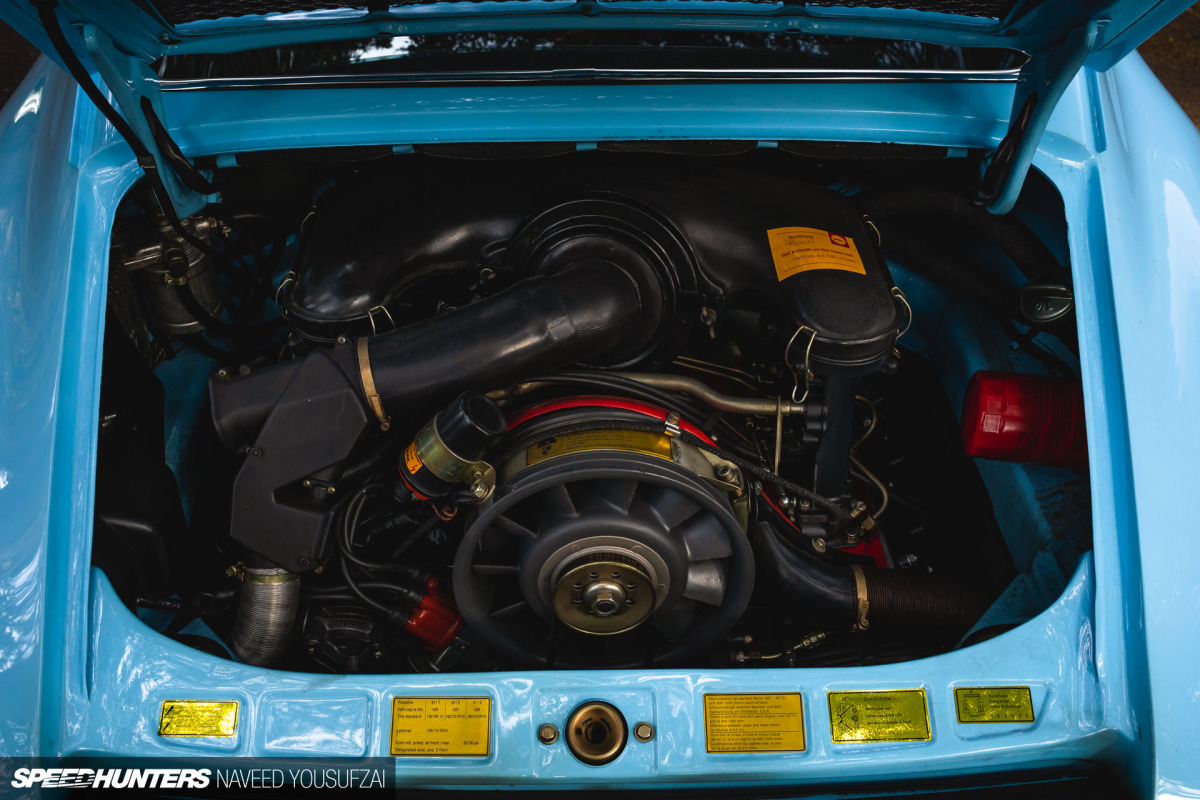
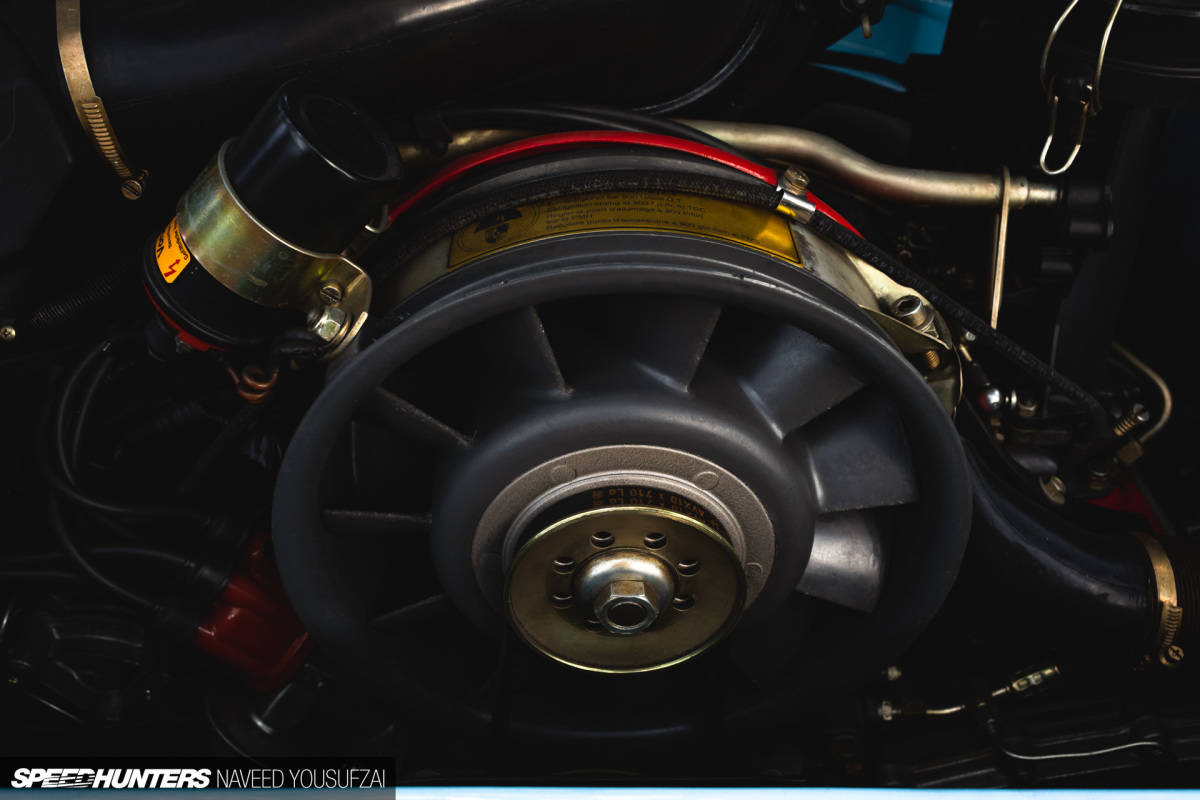
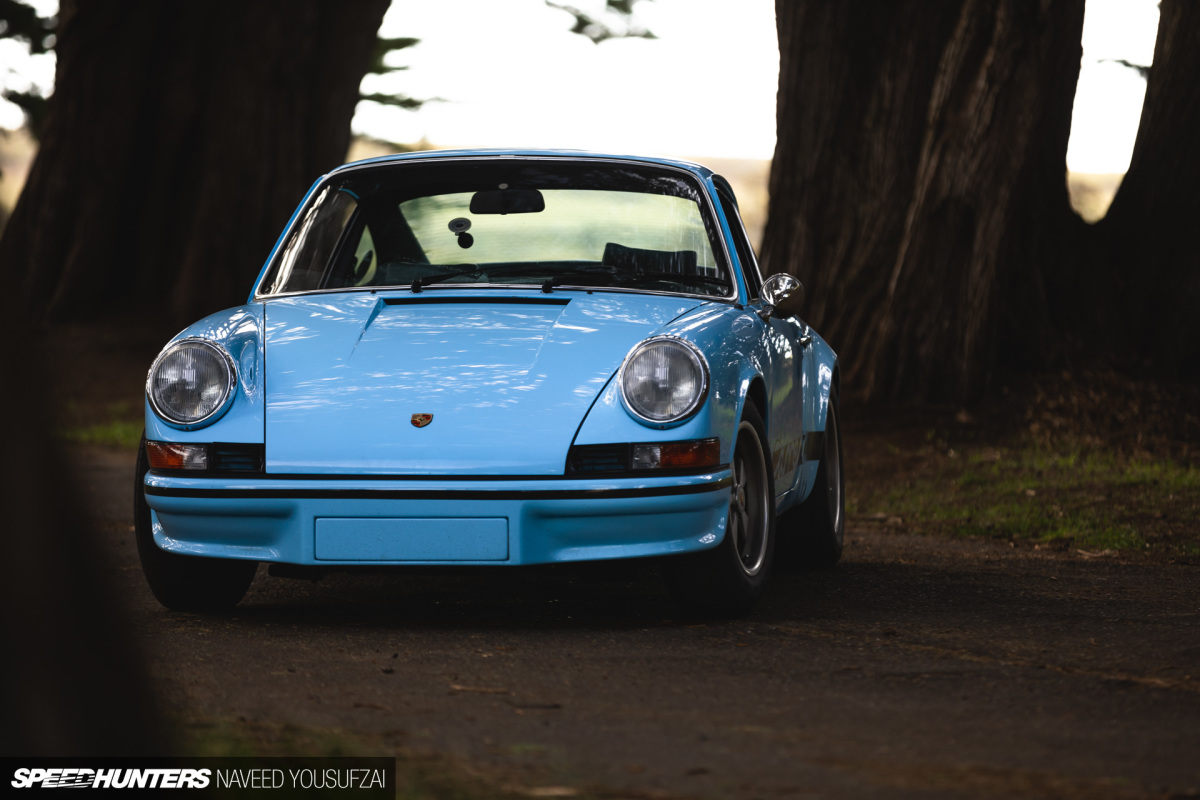
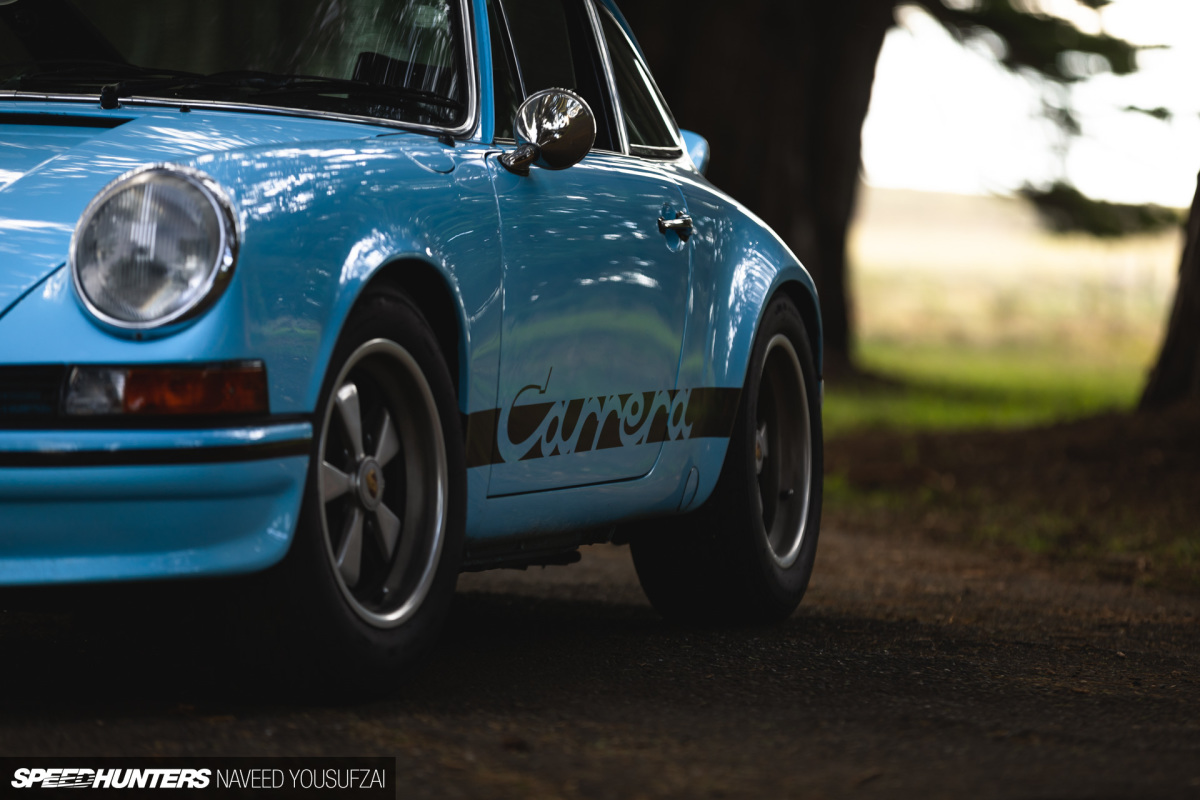
The mechanically fuel injected 2.7-liter flat-six bumped horsepower up to 210 from the measly 190 prior, whilst stopping power was upgraded with larger brakes. The rear quarter panels were widened for the first time to better suit the first ever production 7-inch-wide factory Fuchs rear wheels.
First experience with wind tunnel testing was used on the 911 Carrera RS, and ultimately resulted in a redesigned front air dam to increase downforce. The wind tunnel testing also revealed a high rate of rear lift on the standard 911 deck lid, which in turn meant development of the now quintessential ducktail spoiler, resolving the issue by decreasing lift nearly 75%. And since the primary ethos around the ’73 RS was to develop a road-going race car, Porsche shaved weight from every single nook and cranny found throughout the car.
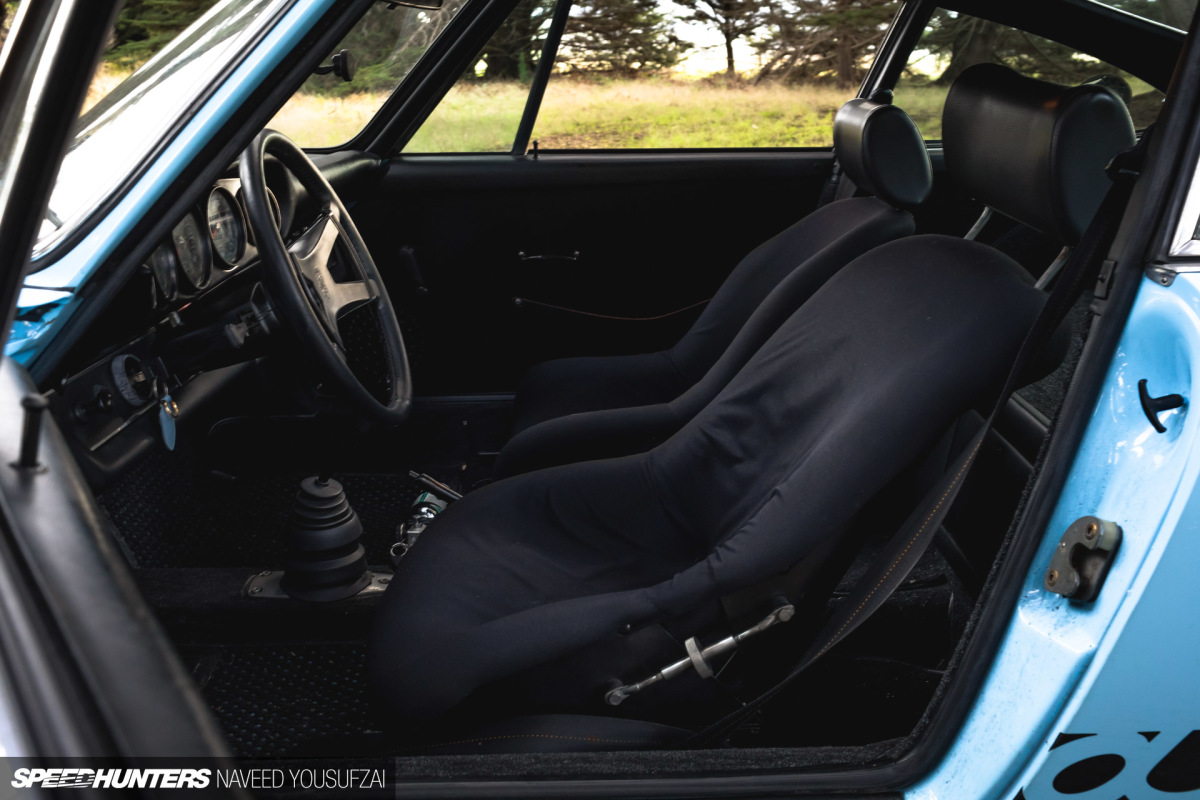
We’re talking thinner glass, thinner steel, the removal of comfort features like sound deadening, carpets, the factory clock, armrests, sun visors and coat hanger holders, removal of the rear seat, plastic front bucket seats with hardly any sort of padding, removal of door handles which were replaced with pull cords, no undercoating, no doorsill trim, no glove compartment lid, and probably a few more things that I’ve missed.
What does all that mean? Well, the overall ending curb weight was 2,370lbs (1,075kgs) for the touring package and 2,116lbs (960kgs) for the lightweight model. With 210bhp, it puts power-to-weight at 219hp per ton on the lightweight model – quite an achievement for a road car built in 1973.
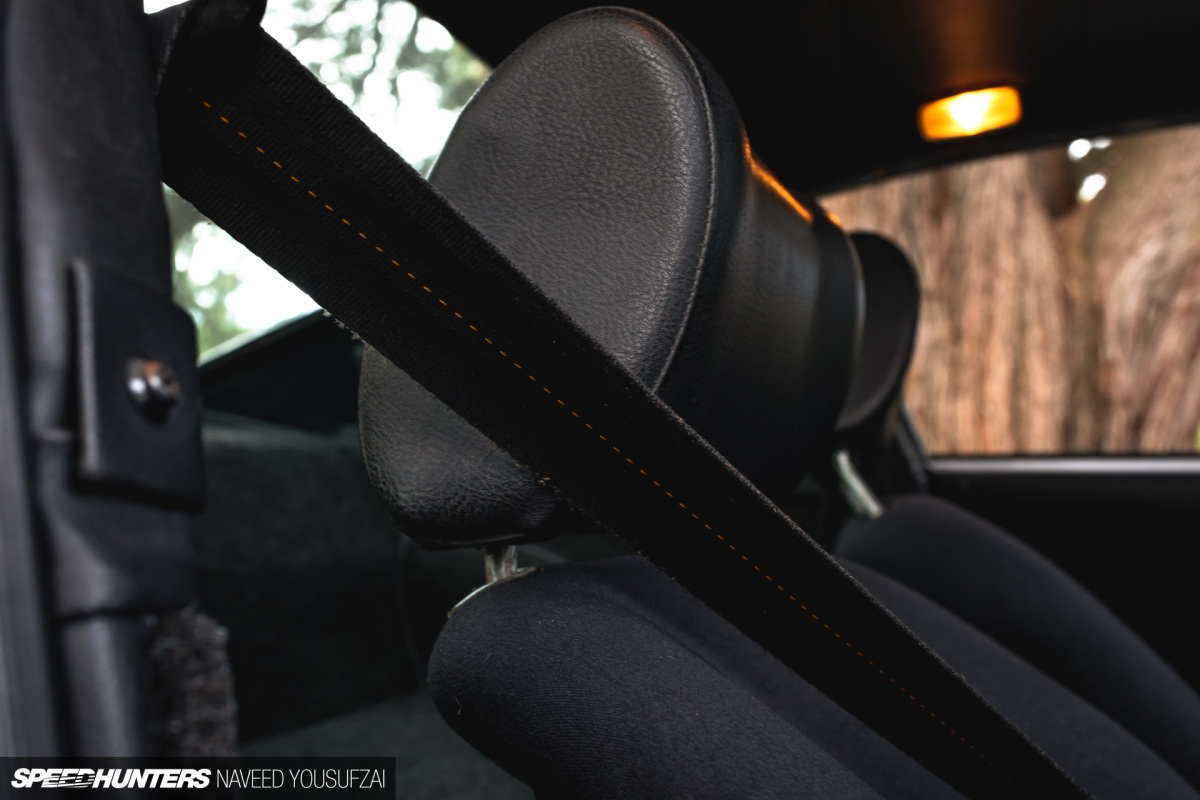
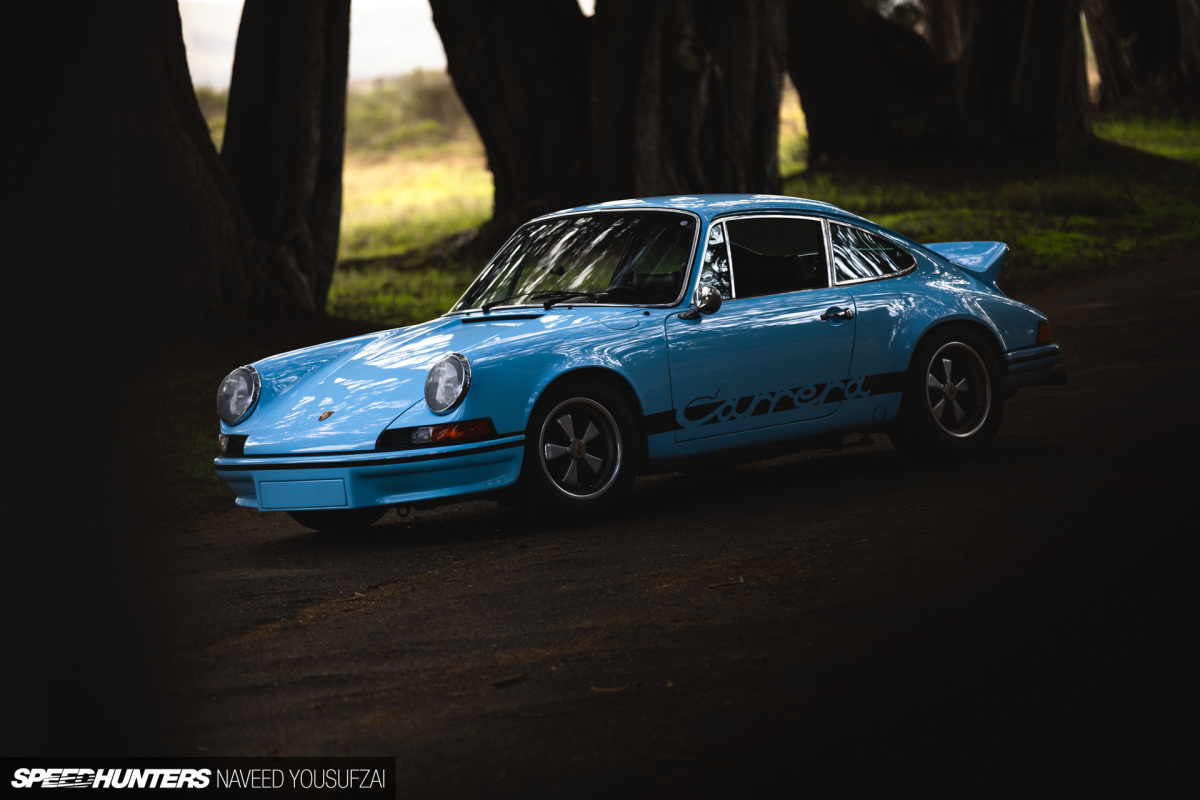
But this sparked concern amongst the dealers, and with some pushback Porsche’s resolution to its then foreshadowed selling crises with the stripped 911 would be to price the cars only a few hundred dollars more than the standard 911S. In addition, they would also offer a ‘touring package’ for just about $900 more if potential customers requested it, which would then result in reapplying the removed comfort features mentioned prior.
Somewhat defeating the purpose of the Carrera RS, but ultimately creating the reputation in which Porsche lives and dies by today: dual-purpose cars (meaning their cars are robust enough to be daily driven both for business and for racing pleasure). Not to forget, it was still just as good, and adding a couple of hundred pounds wouldn’t hurt the car enough to justify not offering the package at all.
Shortly after its debut though, the RS generated enough hype amongst Porsche aficionados to result in successful sales, with mostly touring package-optioned cars. Porsche ended up building 1,580 Carrera RSs in 1973, all of which were only offered in Europe due to emissions regulations, though a few did smuggle their way across the ocean. The increase in production also allowed Porsche to re-enter the cars in Group 3 racing in addition to Group 4, which resulted of course in more trophies.
From a public relations perspective, this couldn’t have gone any better for the brand, as the wins resulted in a catastrophic amount of demand for the Carrera RS, globally. Eventually, laws and regulations around the world found leniency for vintage vehicles, resulting in exportation of the Carrera RS to numerous countries, where their collectors could finally showcase their sought after homologated race cars. Which brings me to my final point.

By 1974, the global powers pretty much had it out for auto manufacturers as a whole. The United States’ Clean Air Act of 1970 meant that cars had to burn less fuel, cleaner. A huge increase in population after the baby boomer generation meant that the government had to care more about people’s well being and safety, so they forced bigger impact bumpers and better crash test ratings on manufacturers with the National Traffic and Motor Safety Act. All things considered for the wellbeing of mankind in which other global powers followed, but on contrary, restrictions and constraints for us automotive enthusiasts in getting cars that were based primarily on performance. Tasks that made no financial sense for many manufacturers, Porsche included. In hindsight, 1974 became the cutoff for this breed of machine.
The Last Of A Dying Breed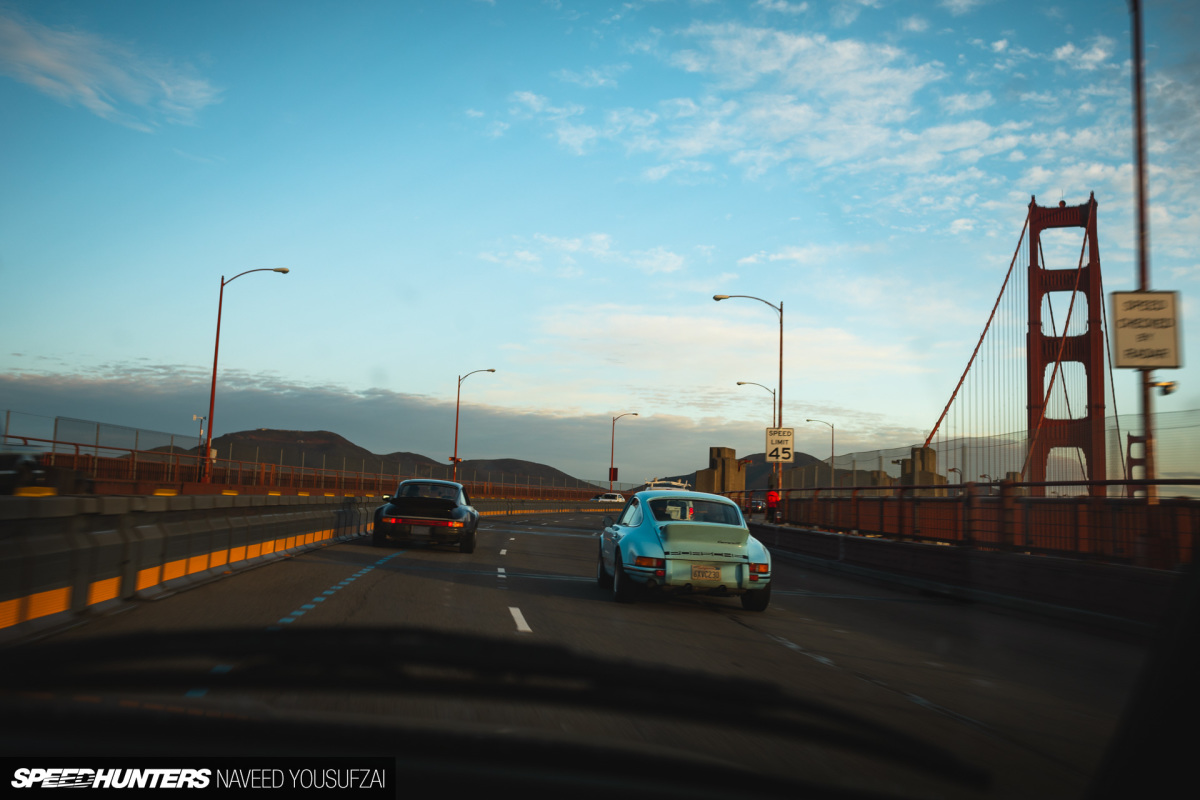
After the owner G tossed me the keys, I couldn’t help but feel a bit overwhelmed. It felt like I was driving a piece of history, one that was nearly irreplaceable, so the pressure was on. But how often does someone get the chance at having a go with such an iconic machine?
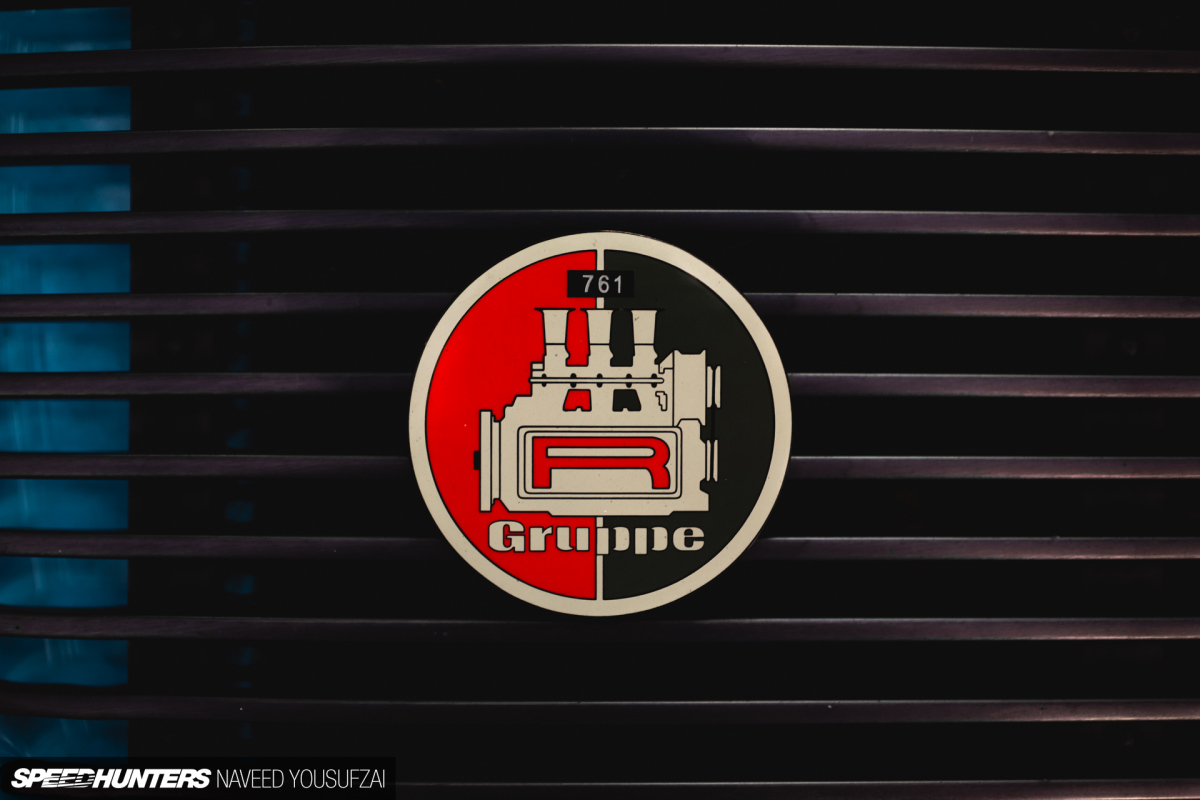
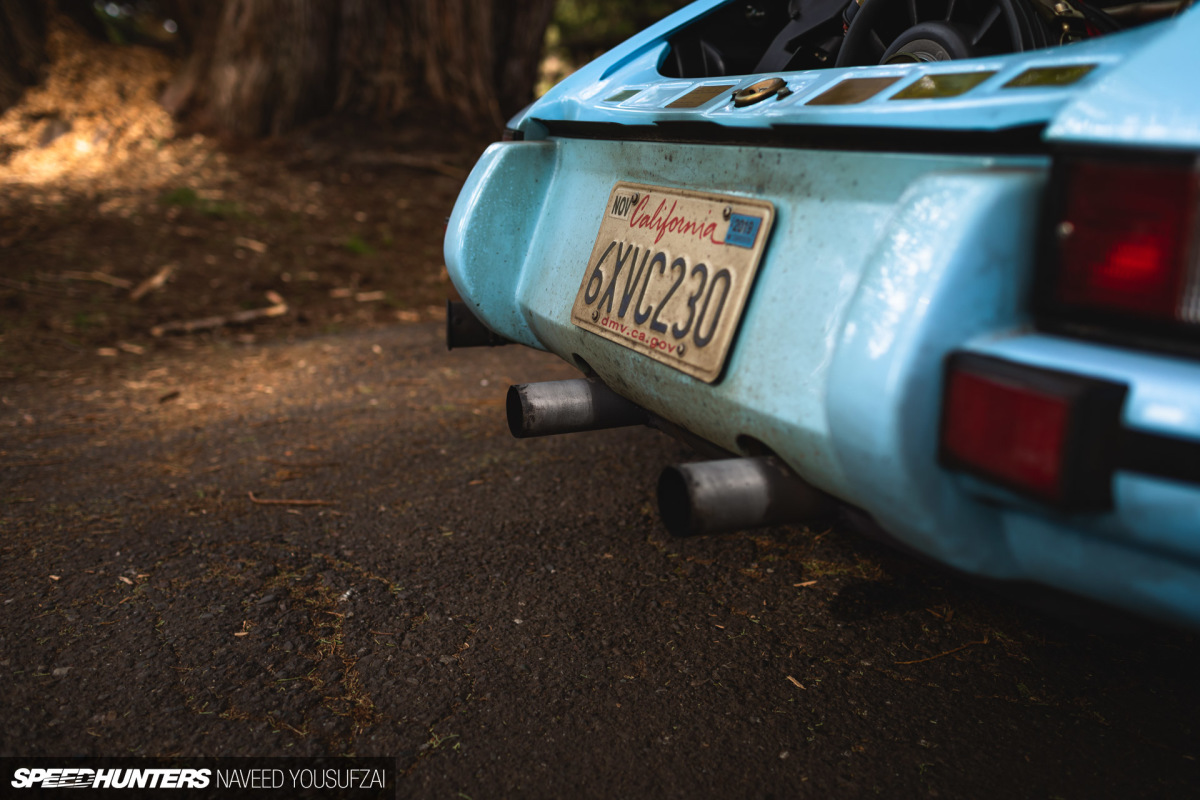
With the drive concluded at G’s garage, we came to discuss the attributes of the car, and how proper it really was.
The connectivity it gives the driver is honestly unfathomable, but in a good way. It’s raw and visceral. The throttle pedal is heavy, the steering is light until you really sink it into a corner, where it then feels like an arm workout. And the noise, oh the noise, there is no other noise like it. I know that’s cliché, but truly, I’ve heard thousands upon thousands of 911s, with built engines, titanium exhausts, turbocharger spool and so forth, and nothing comes even close to the sound of the 2.7-liter MFI system in the Carrera RS. It’s a unique and distinguishable high pitched yet throaty grunt that literally can be felt through your hands with the shift knob and steering wheel. You can feel the sound.
“How can a car this old be this good?” I asked G. And his response was mic drop worthy to say the least. G simply replied, “It wasn’t built for the people.”
And that’s when it hit me…
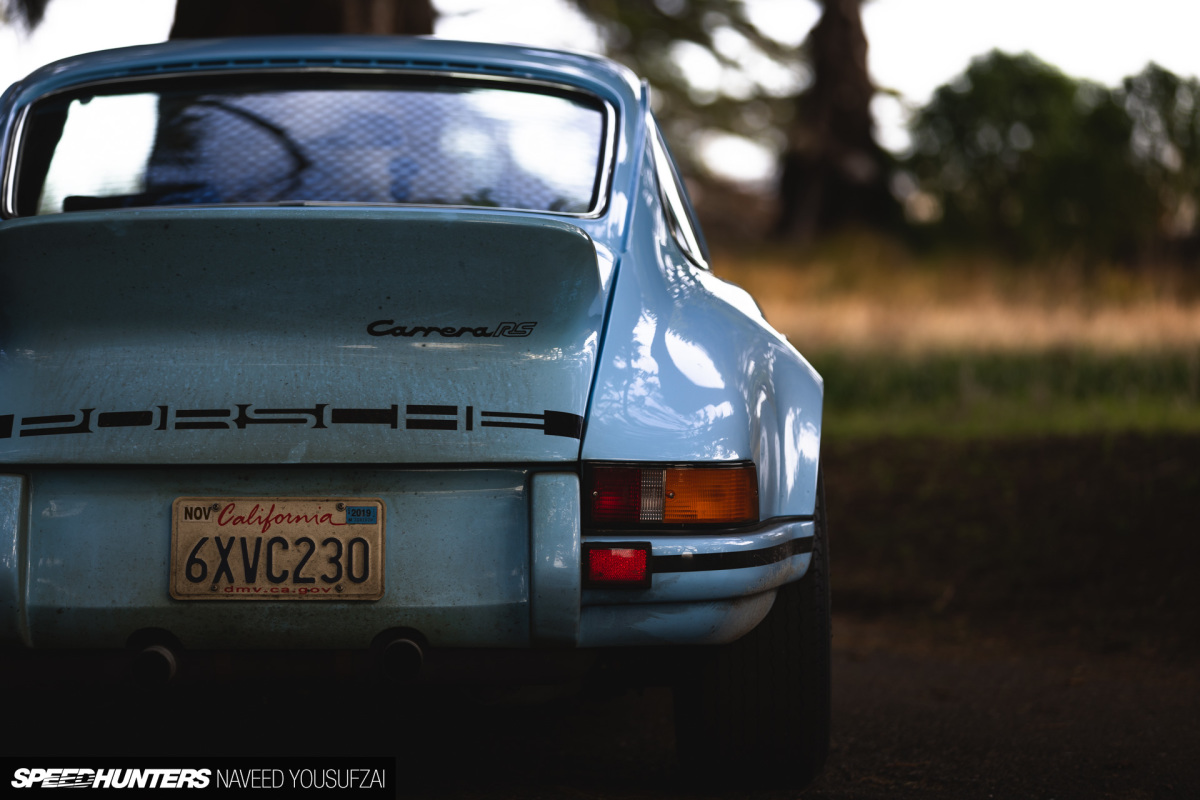
Why did Porsche build this car, this way?
They could have probably just gotten away with slapping a few new names on the 911S and maybe stiffening up the suspension a bit and calling it a homologation special without any hesitation on sales, but instead, they created this persona for the 911. They gave it a heartbeat, a mind, and a soul – the three pillars of existing life, that wasn’t lacking in a 911S, but wasn’t fully there either. A life meant to cater not to those lusting over elegance or road presence, but to those seeking true driving nirvana. The thrill-seekers and adrenaline junkies who would literally fiend for exhilarating and unmatched experiences, almost comparable to drug addictions.
This car isn’t your entry-level 911, and surely is not meant for one with a faint heart. It requires a bond, a delicate finesse, a certain relationship that grasps deeply into your soul and truly brings you to connect with the car. When you own a 911 Carrera RS, and you actually drive it the way its meant to be driven, you are genuinely mated to the car.
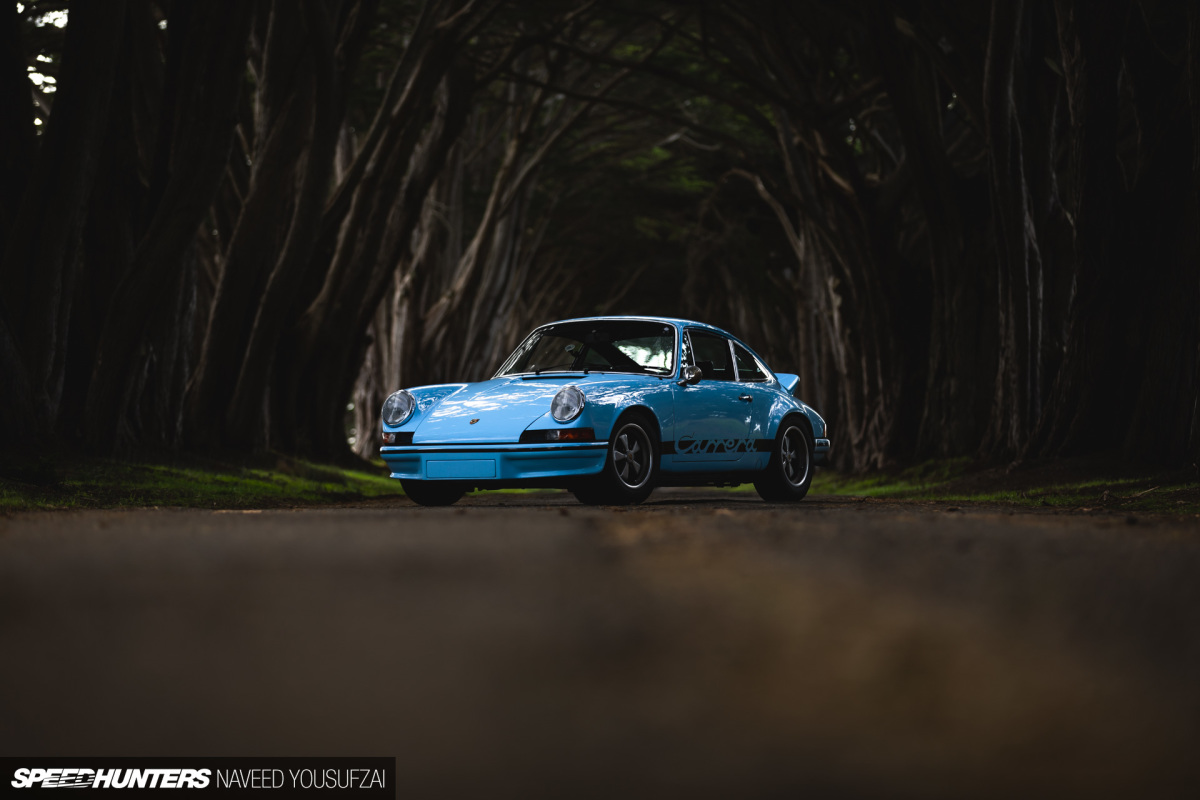
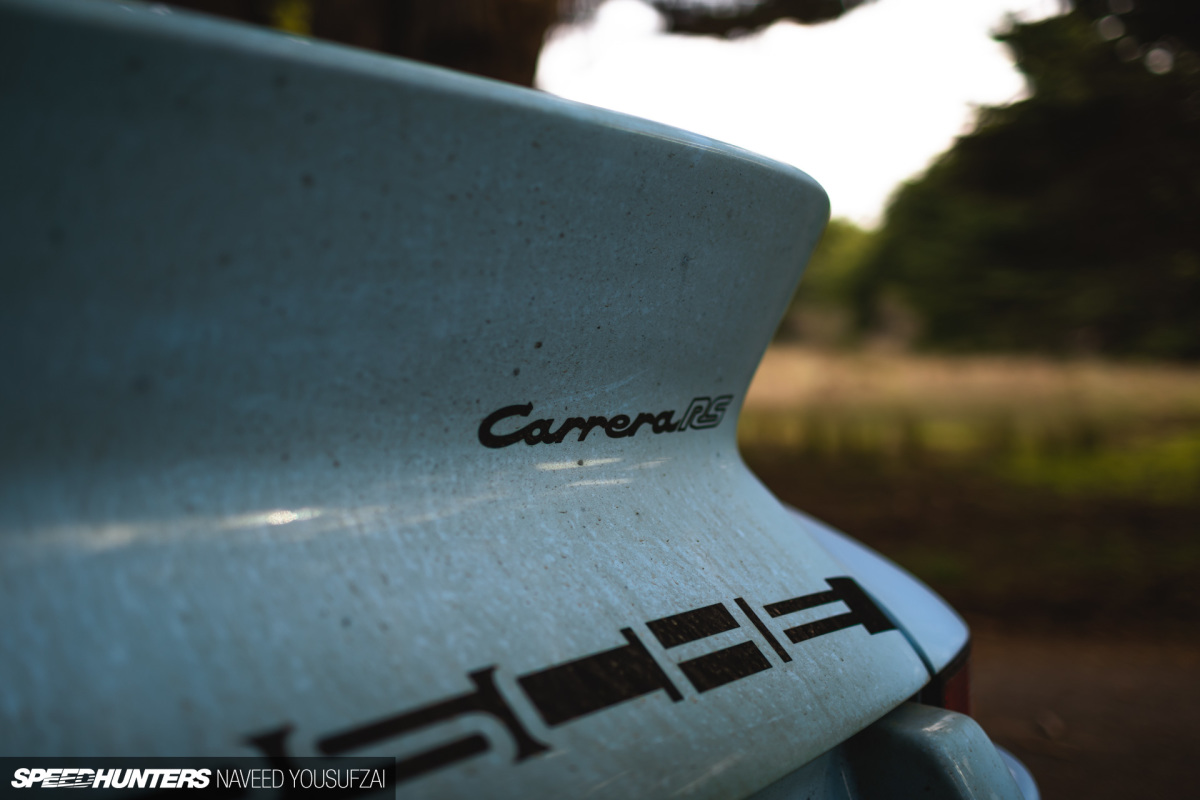
It’s more than just any sports car or 911. It’s quite literally the last real road-going race car to ever be produced. It’s the end of a full blown era. It was derived without consideration of your wellbeing. It didn’t care if you were comfortable, or safe. If fumes weren’t making you lightheaded and noise wasn’t giving you a headache, then you weren’t driving it right. If your back wasn’t throbbing from the sheer rigidity of the chassis, then you knew you weren’t in a Carrera RS. Point blank and clear, the 1973 Carrera RS 2.7 is the last of its breed.
And with that sort of pedigree, I close my argument with my final statements. This car was not built for the people. This car was built for a person.
Naveed Yousufzai
Instagram: eatwithnaveed
Porsche related stories on Speedhunters
Bliss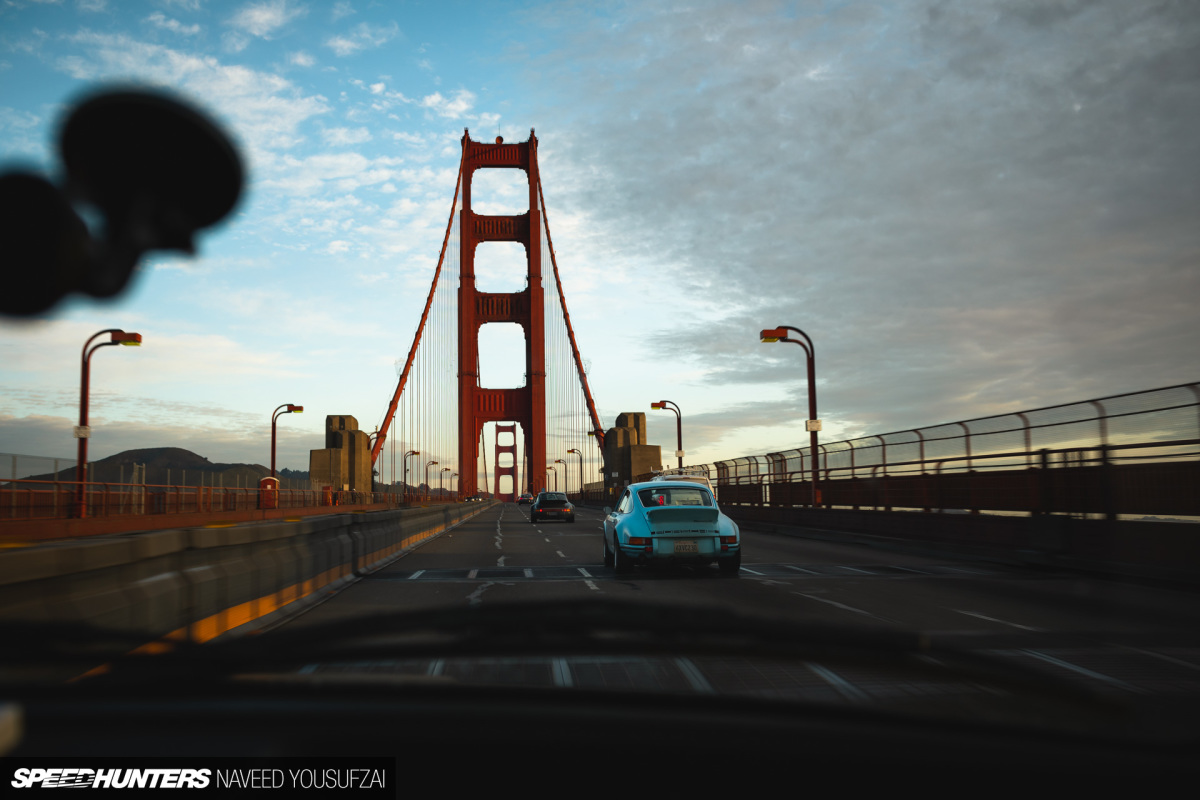
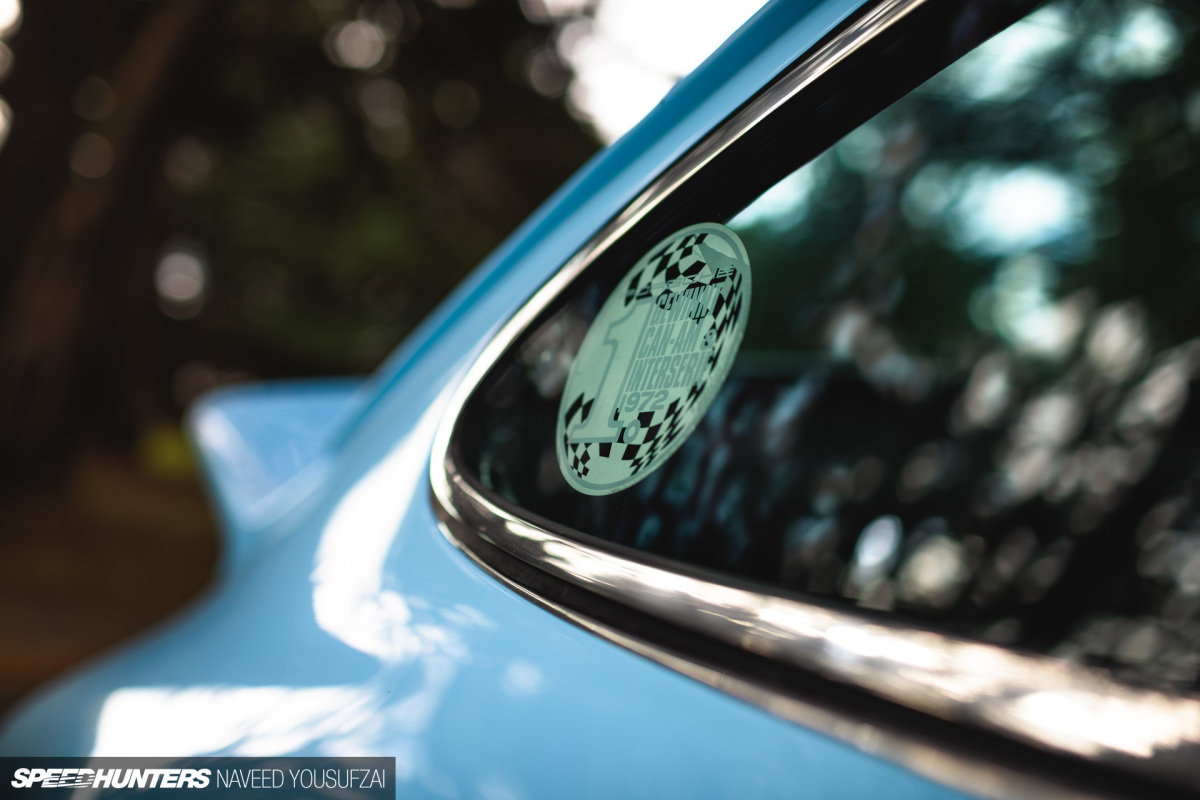
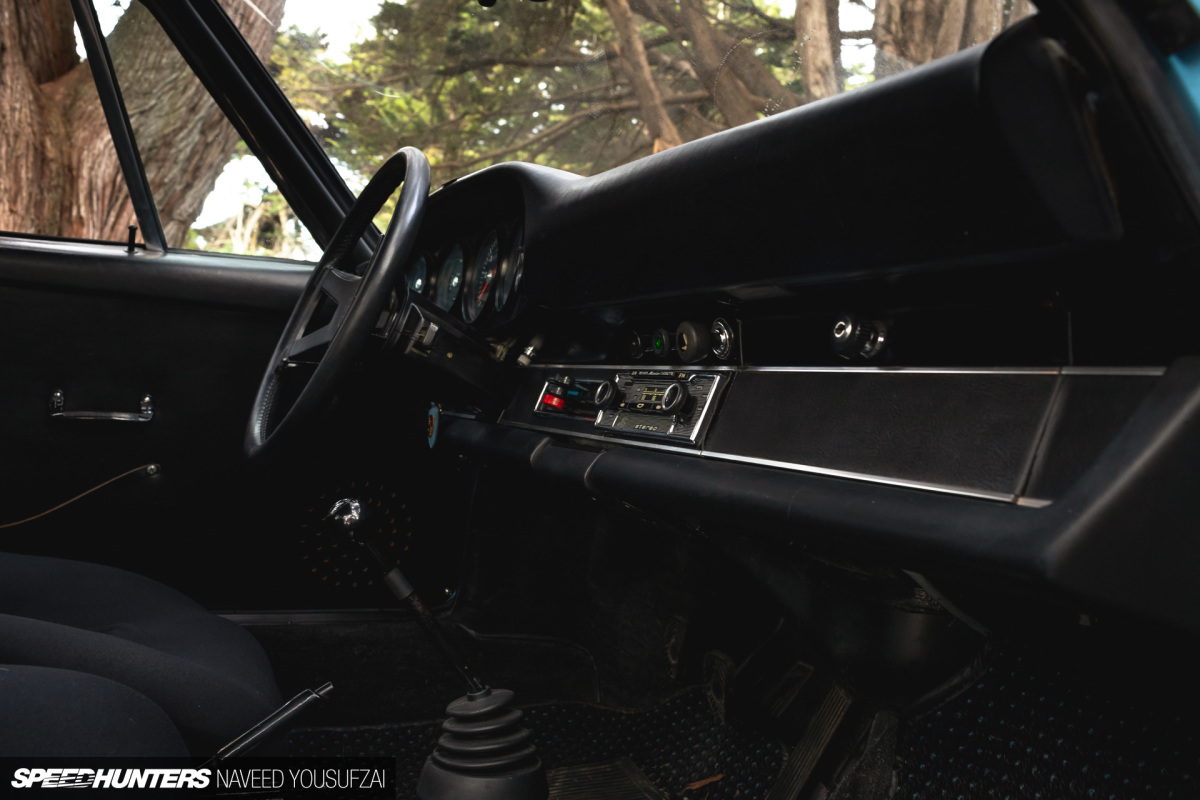

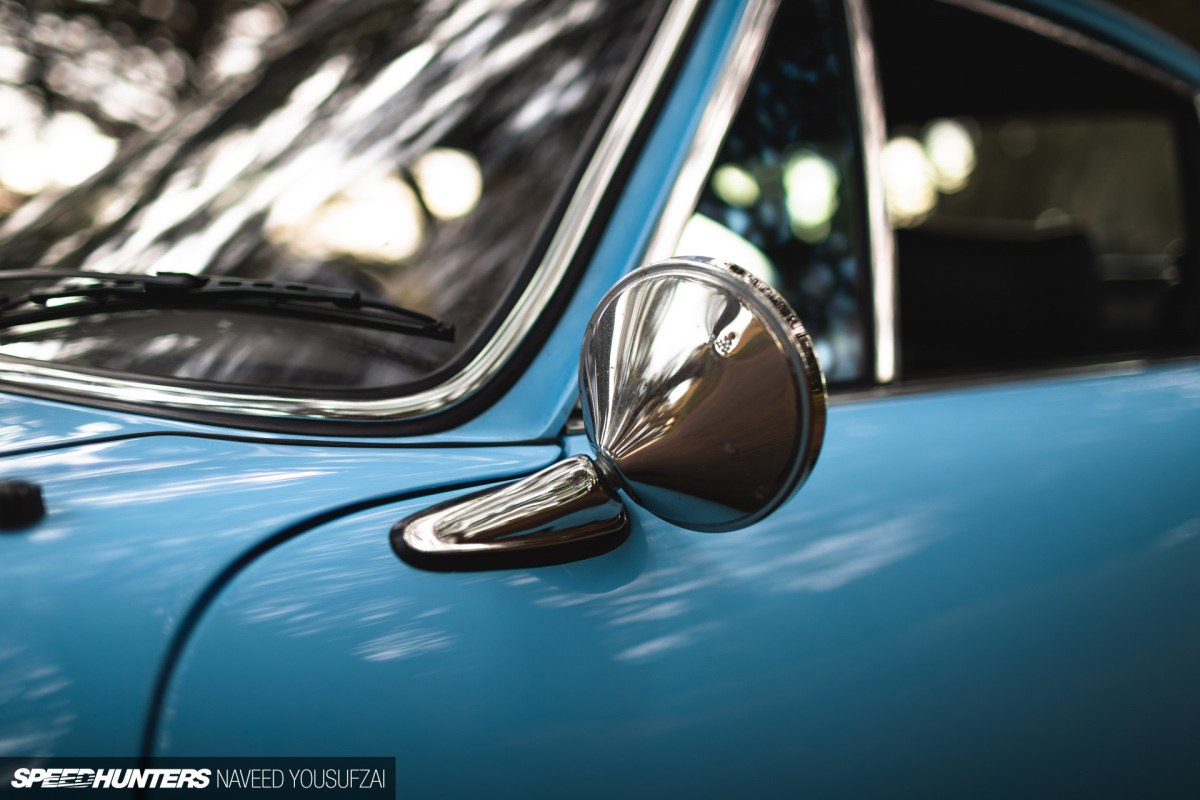
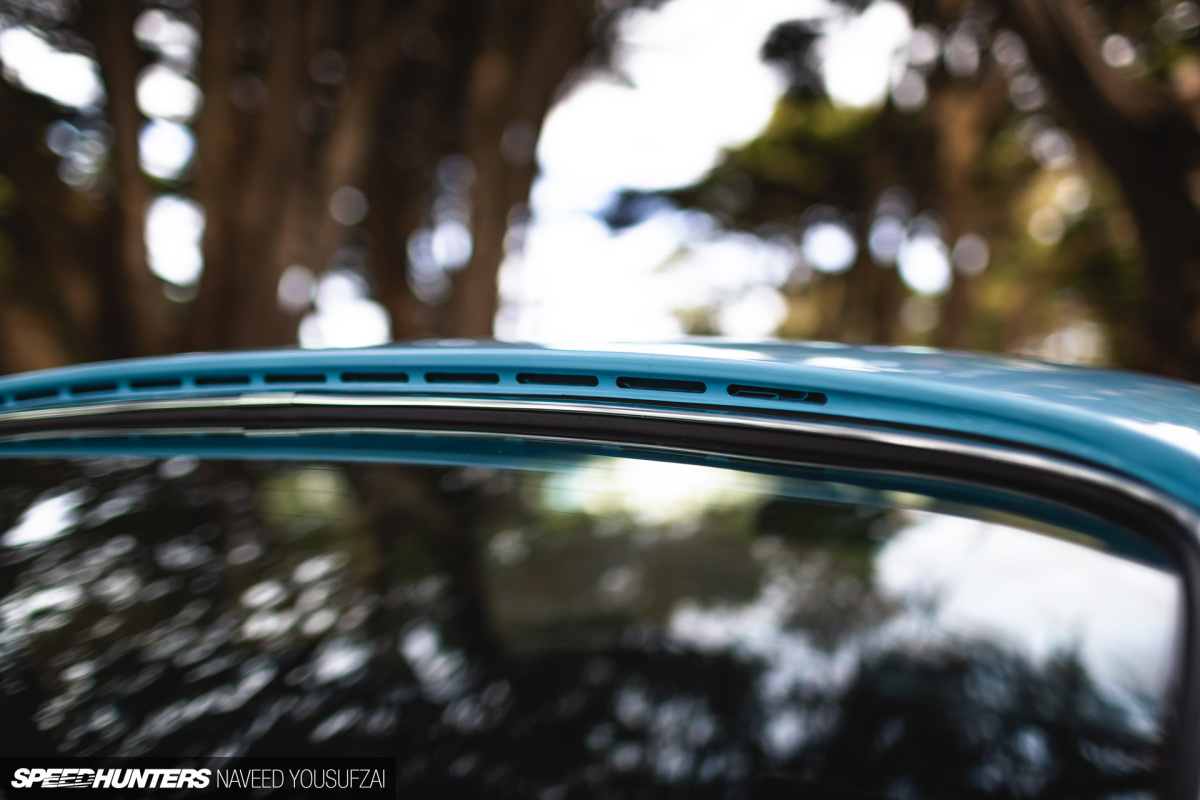
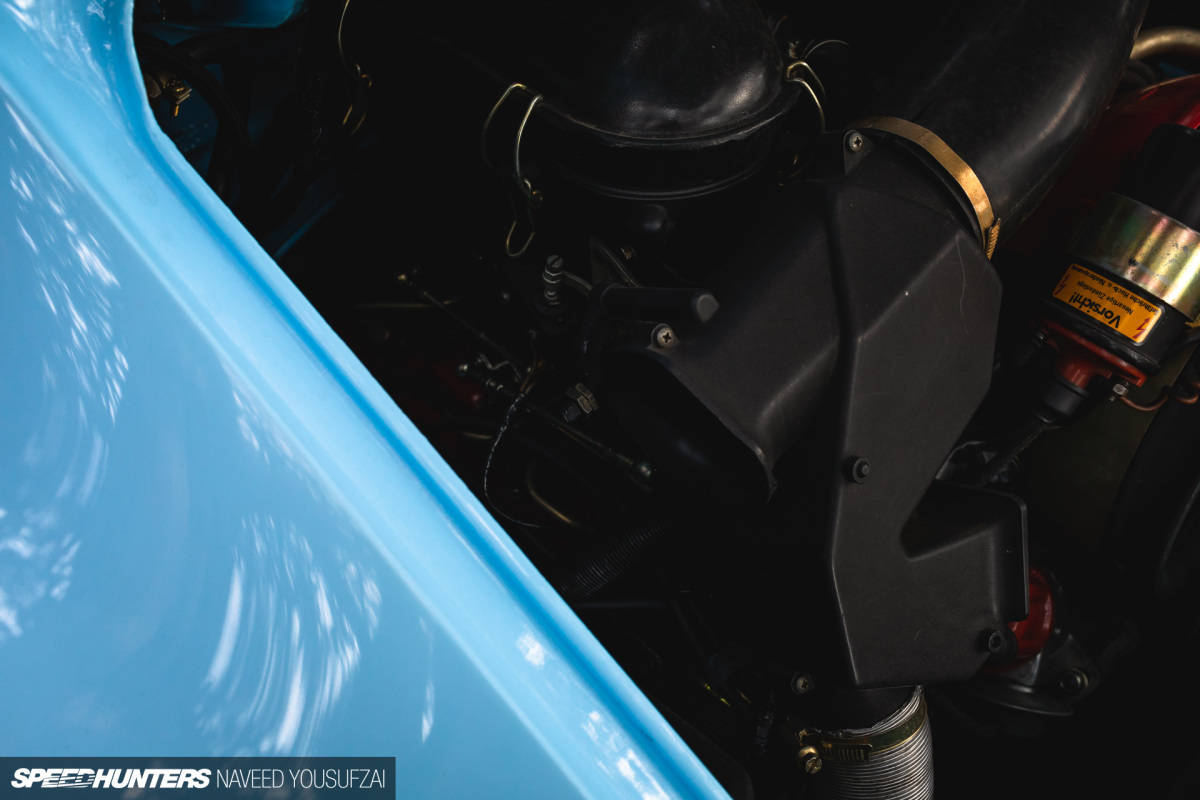
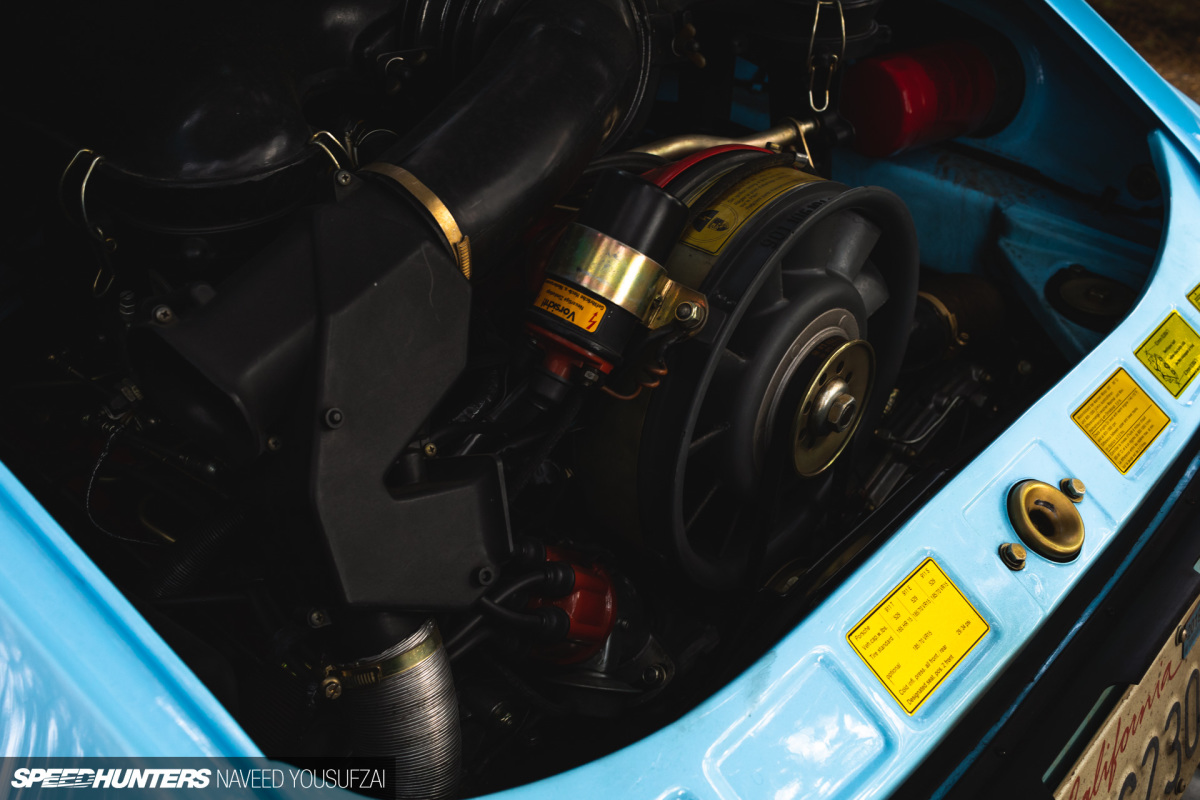
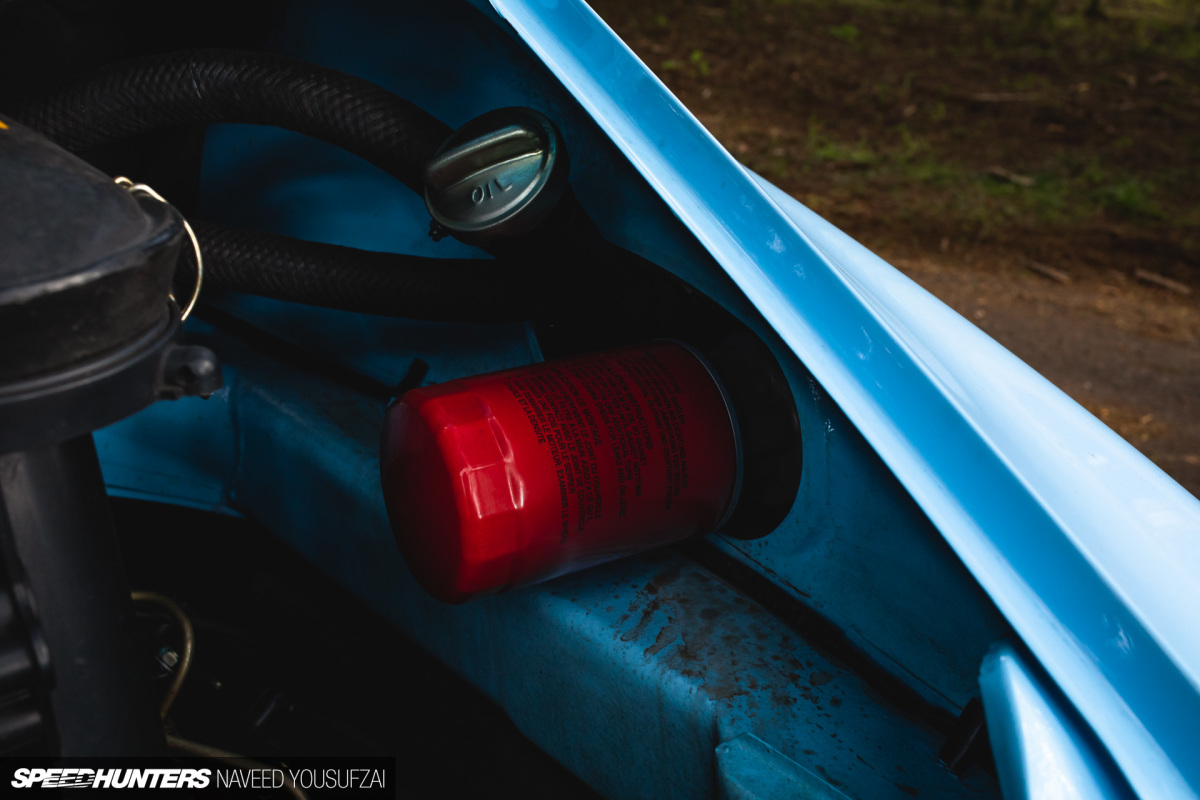
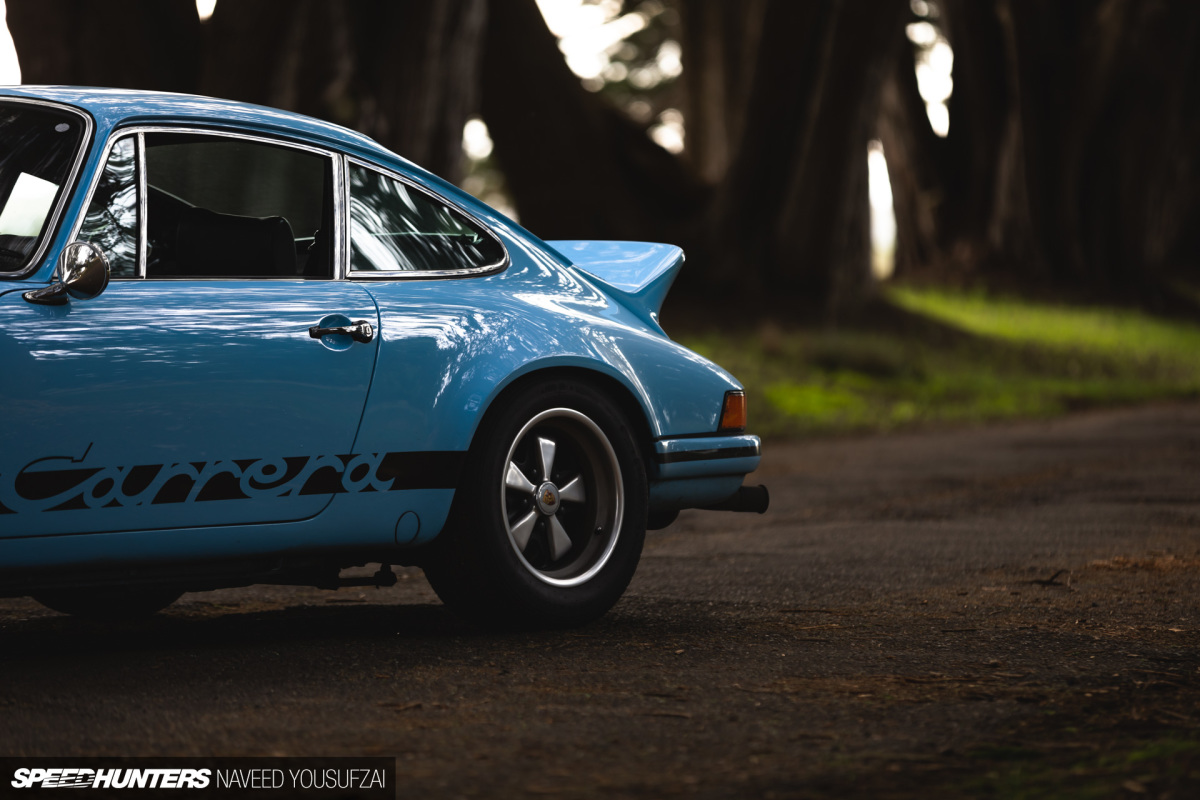
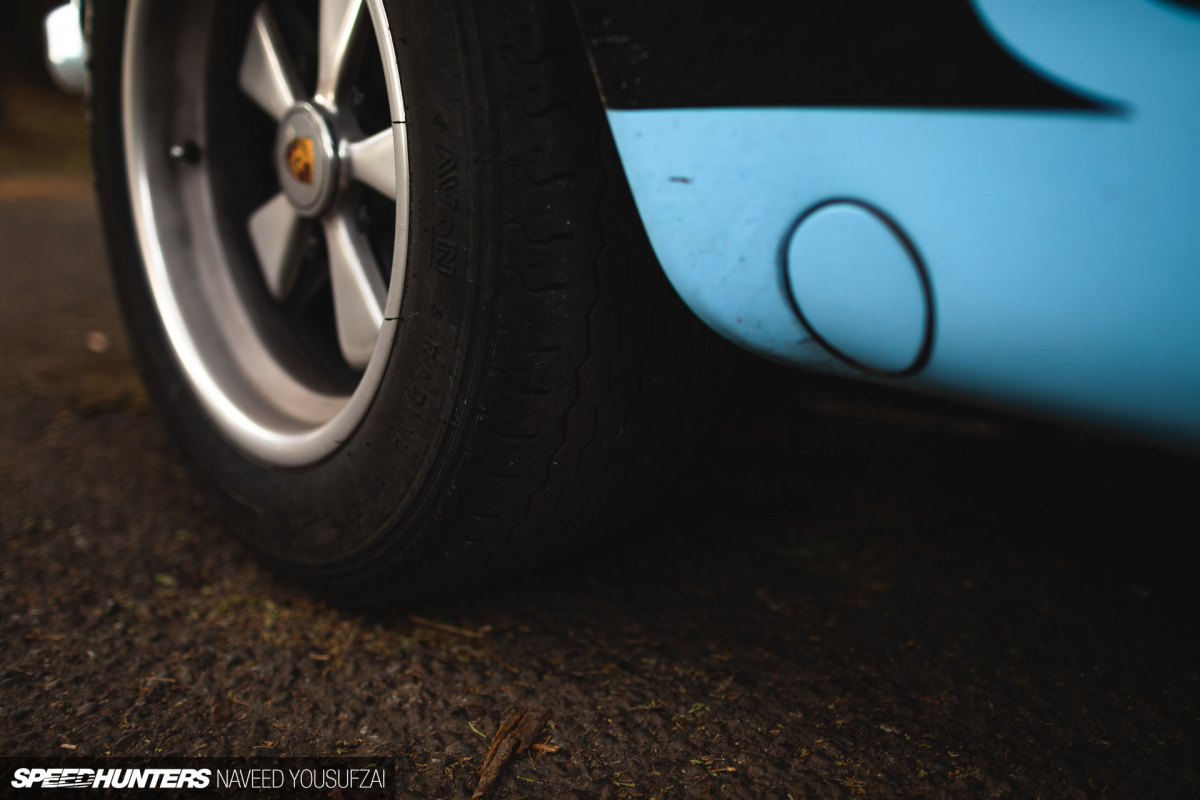
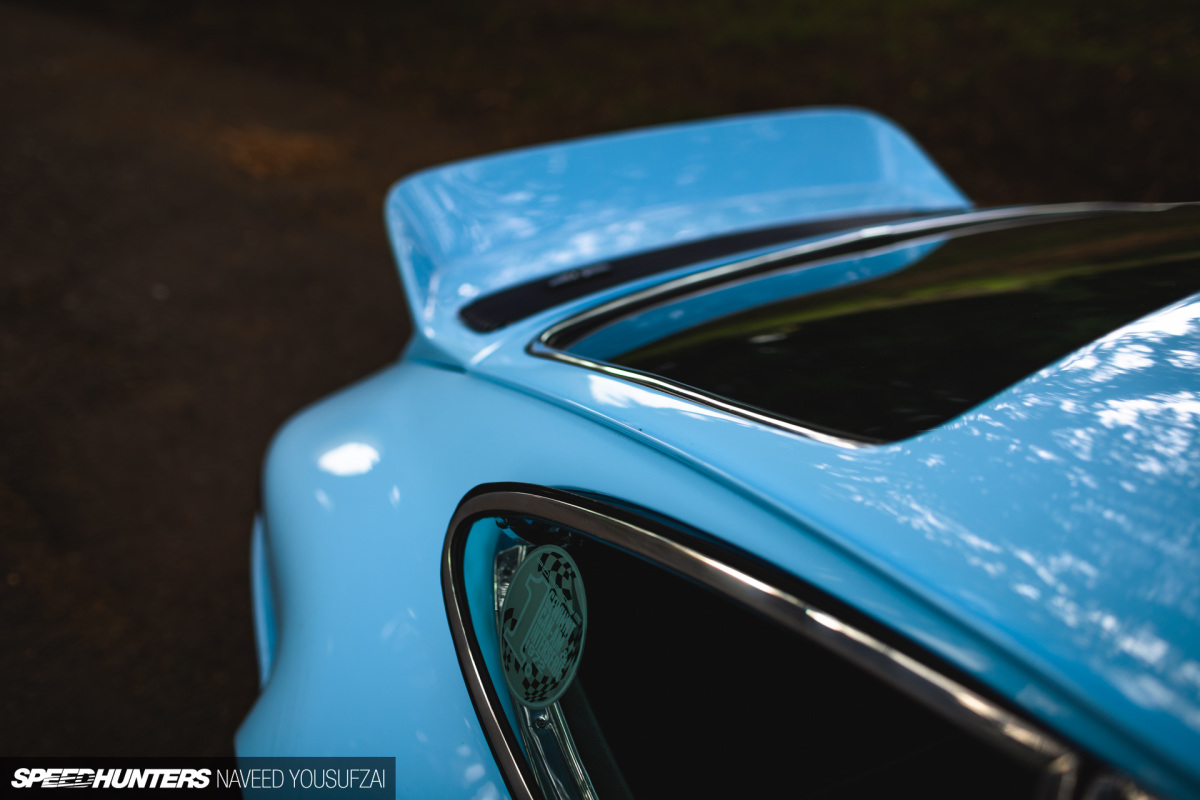
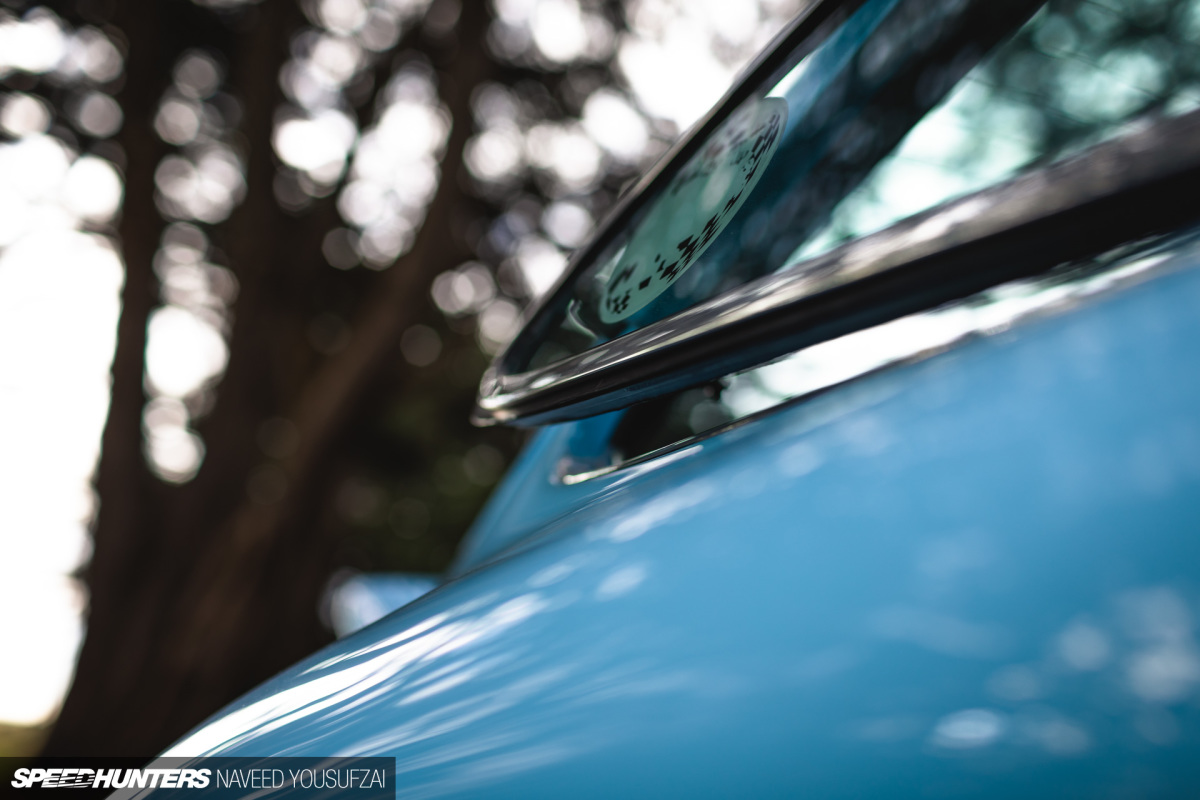
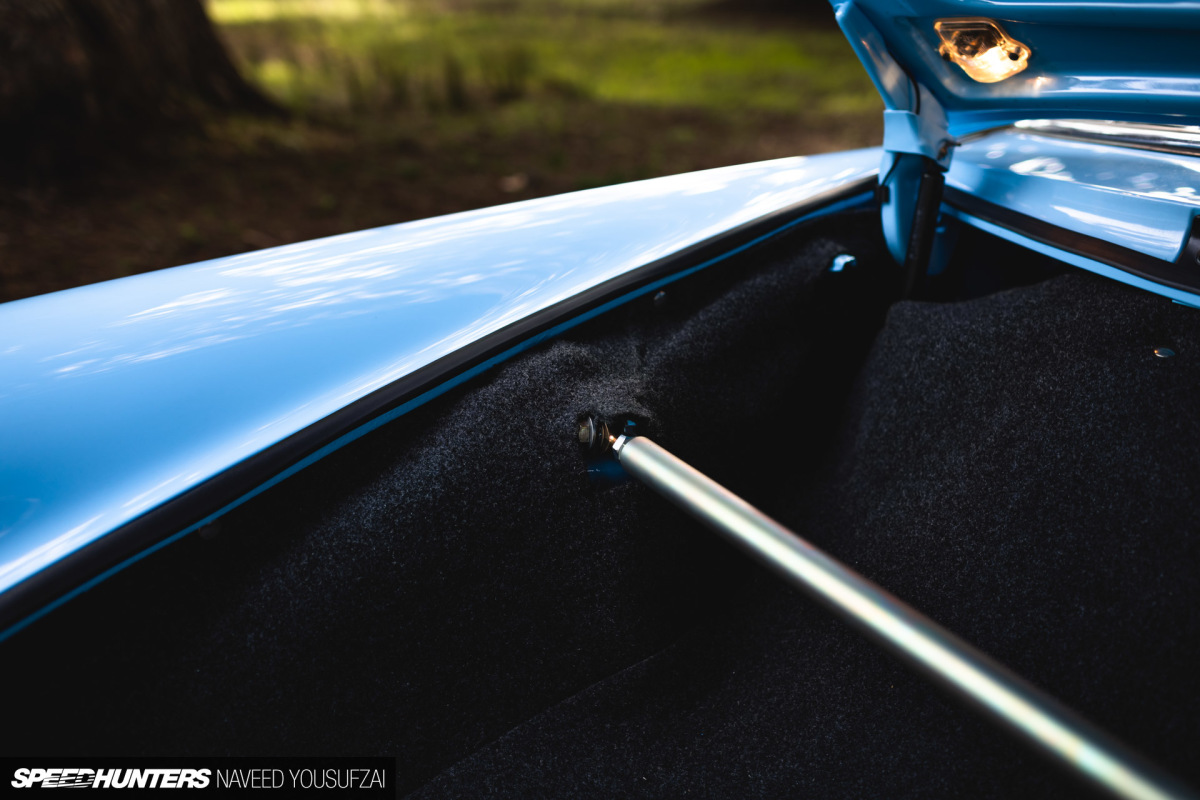
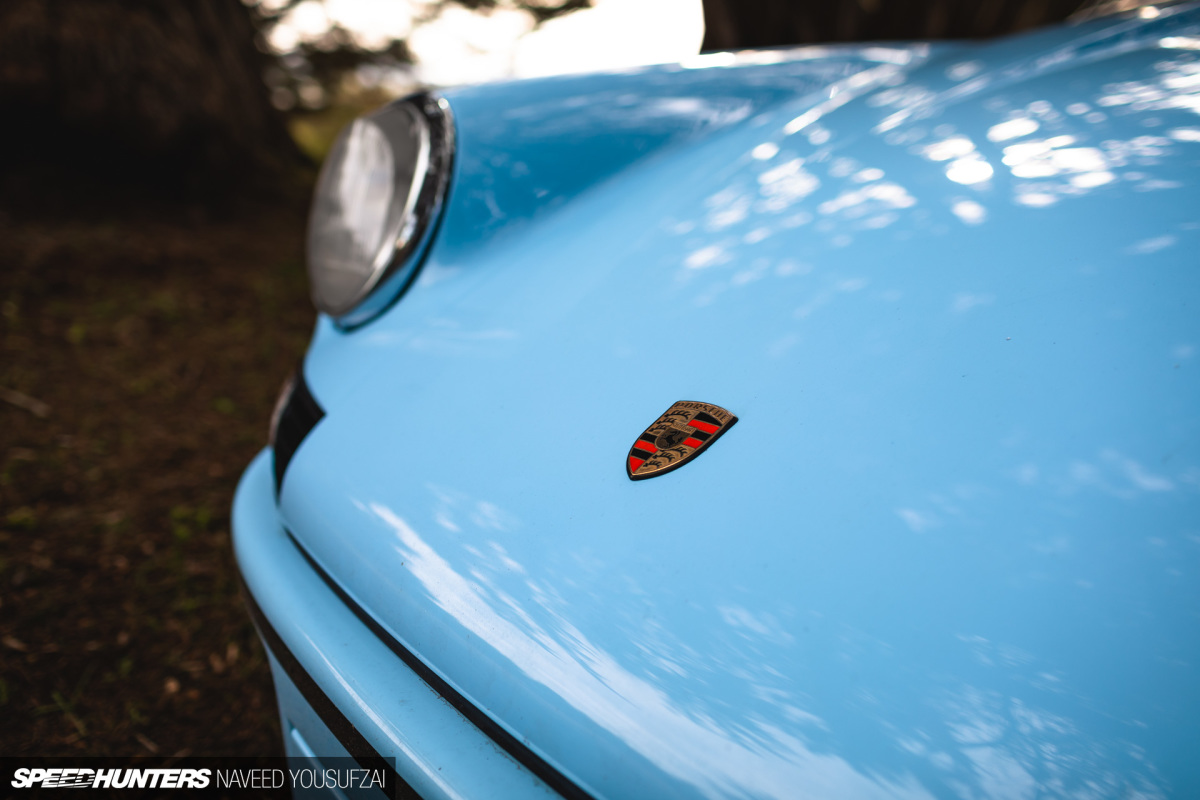
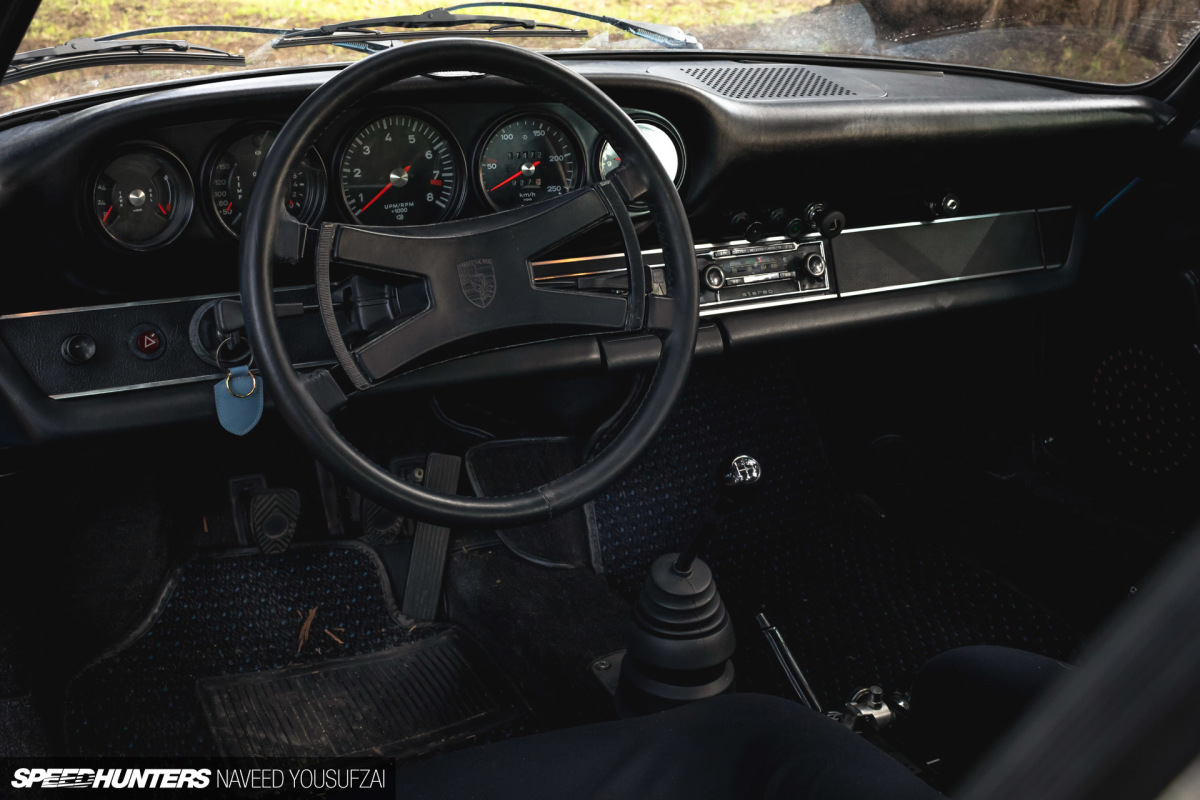
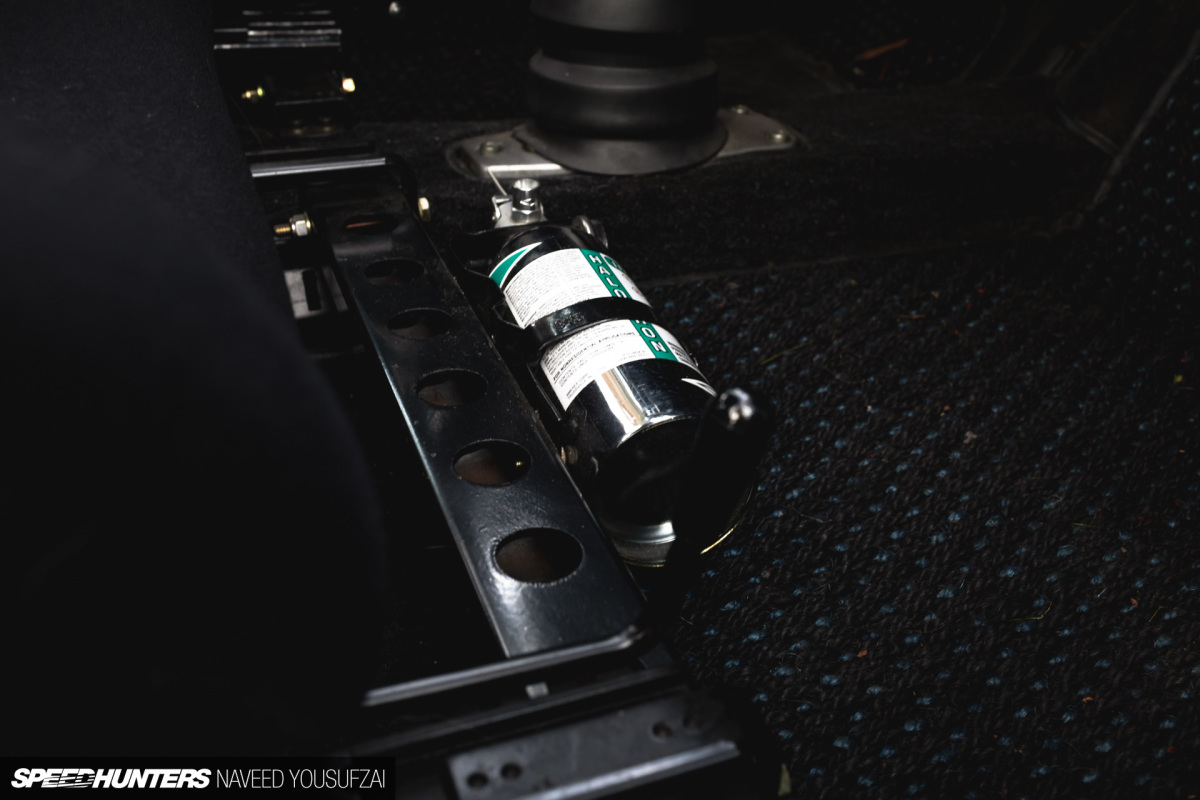
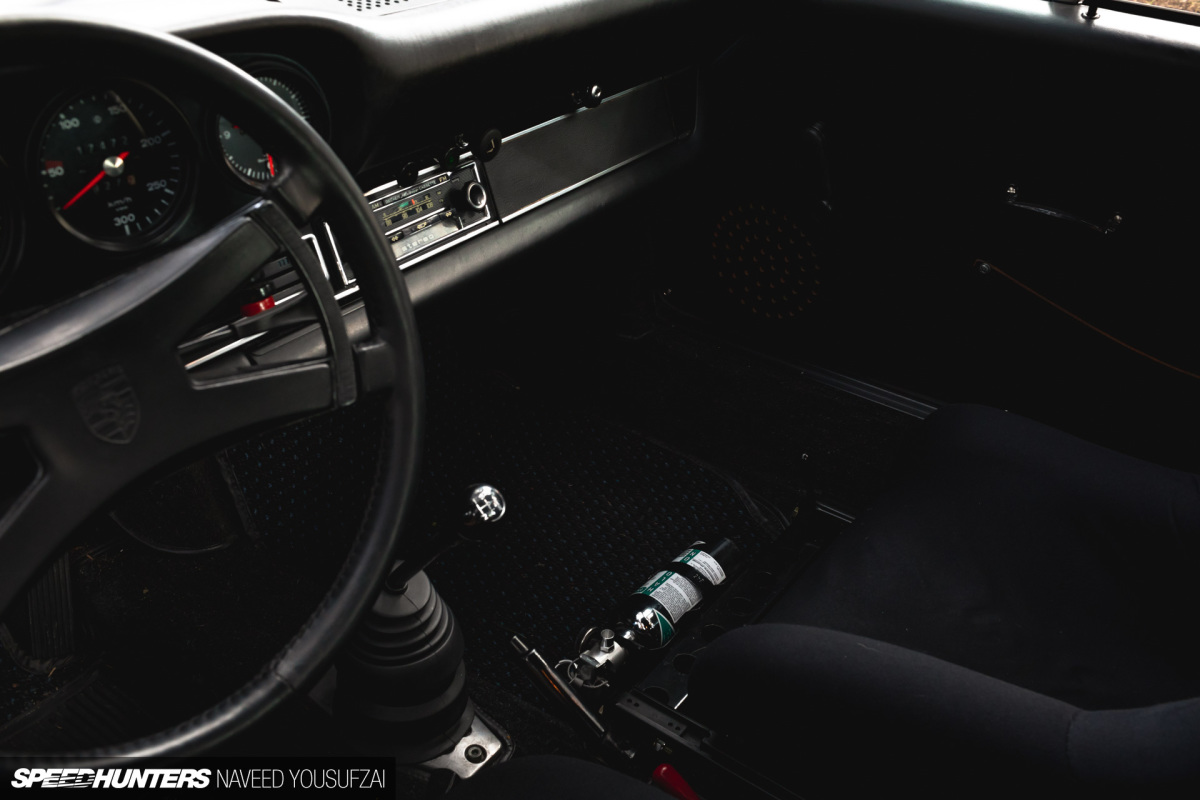
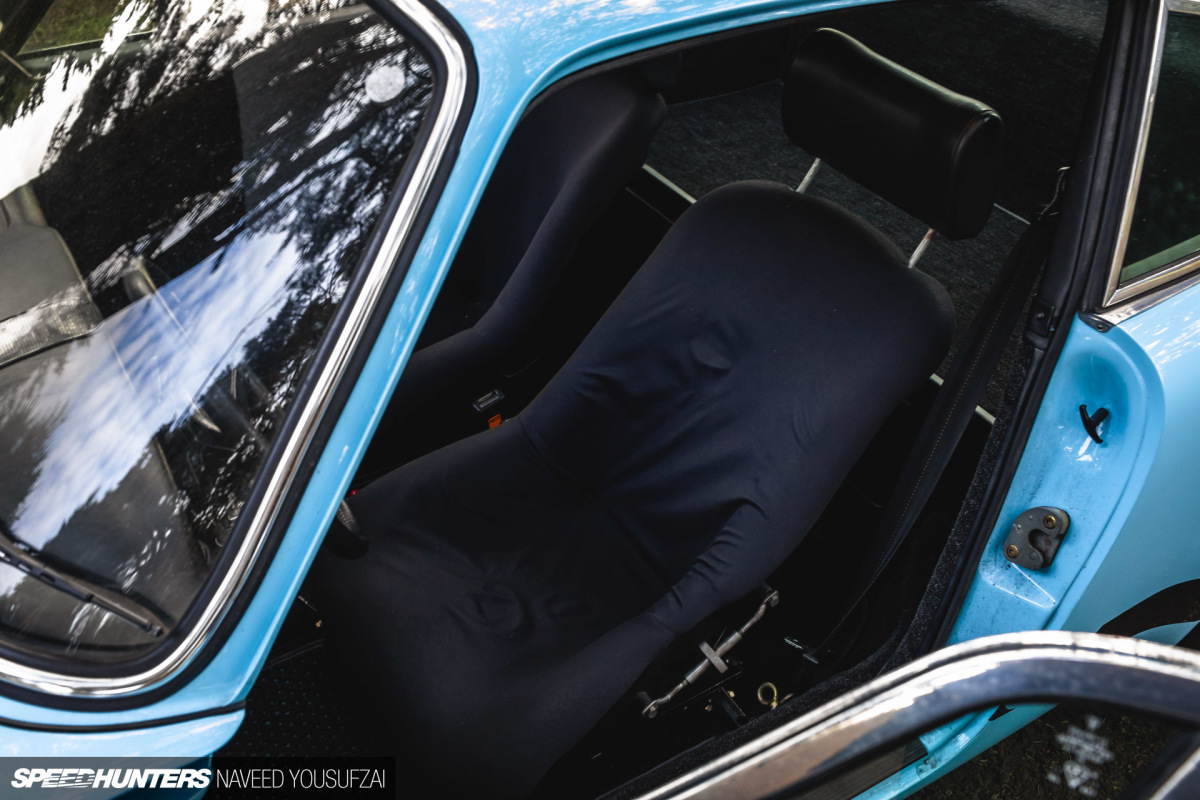
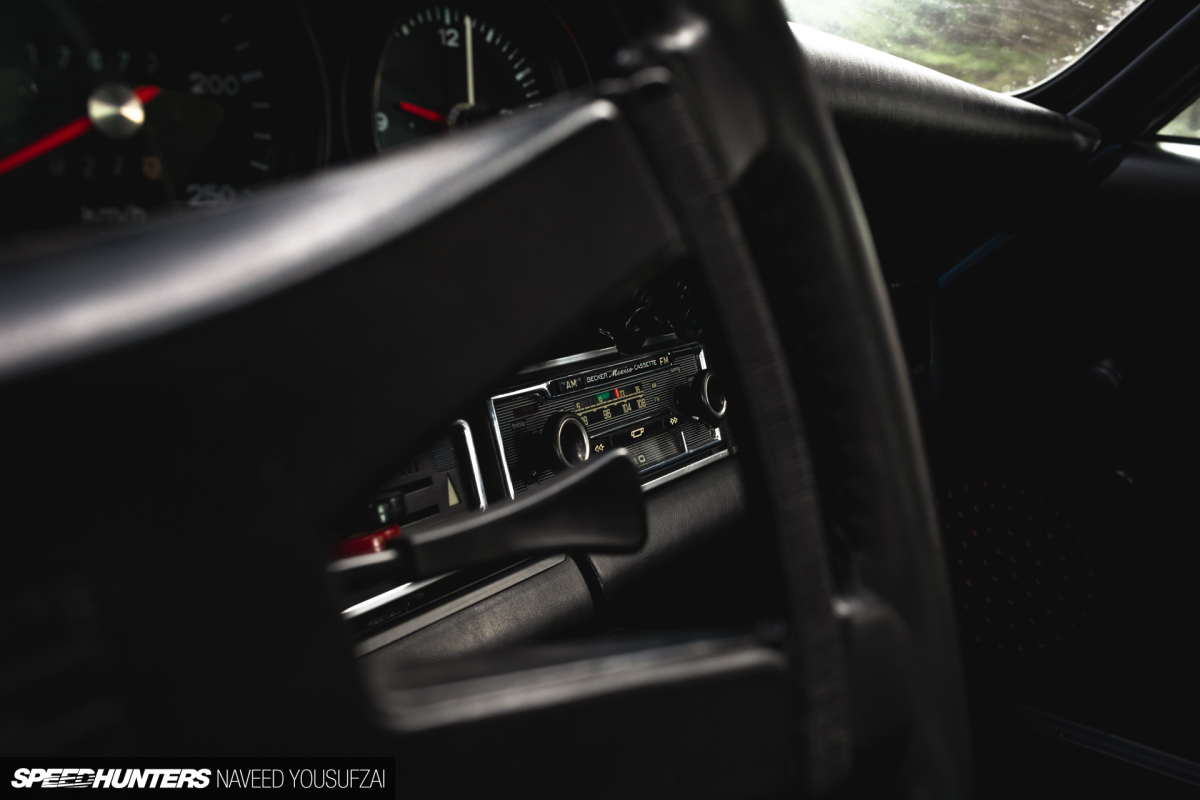
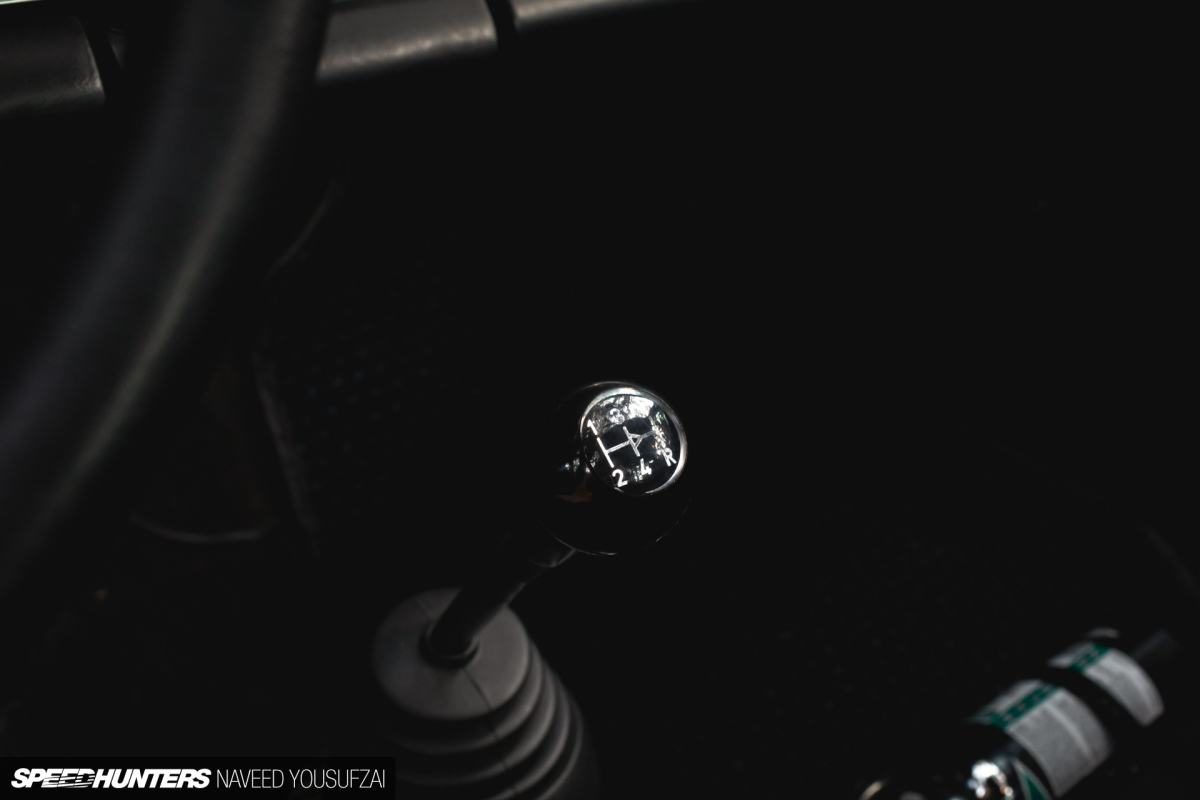
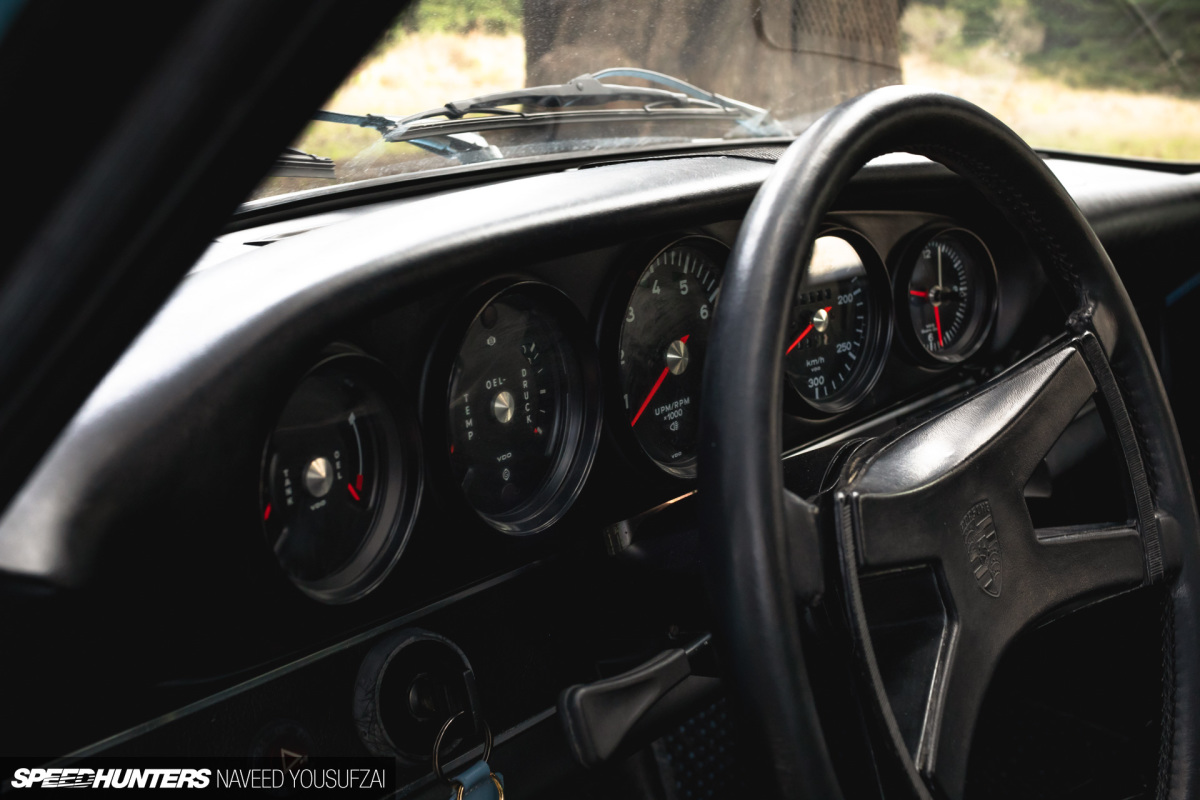
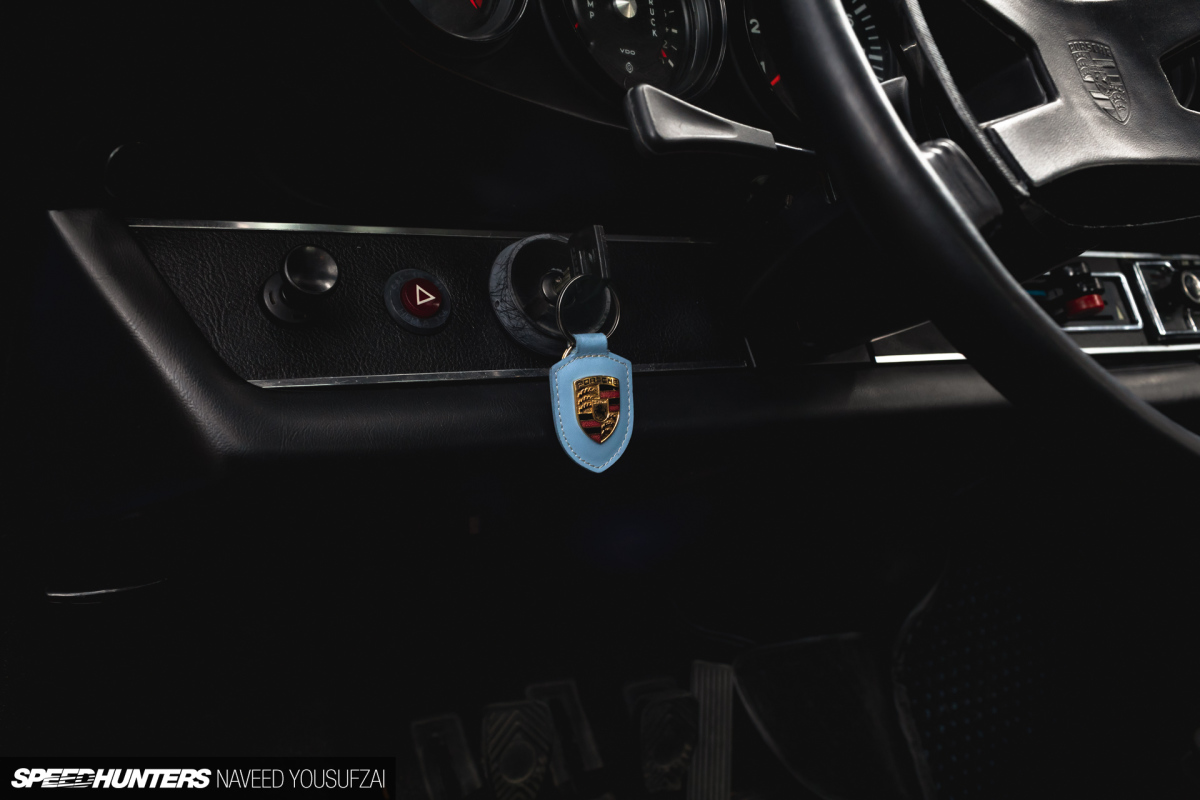
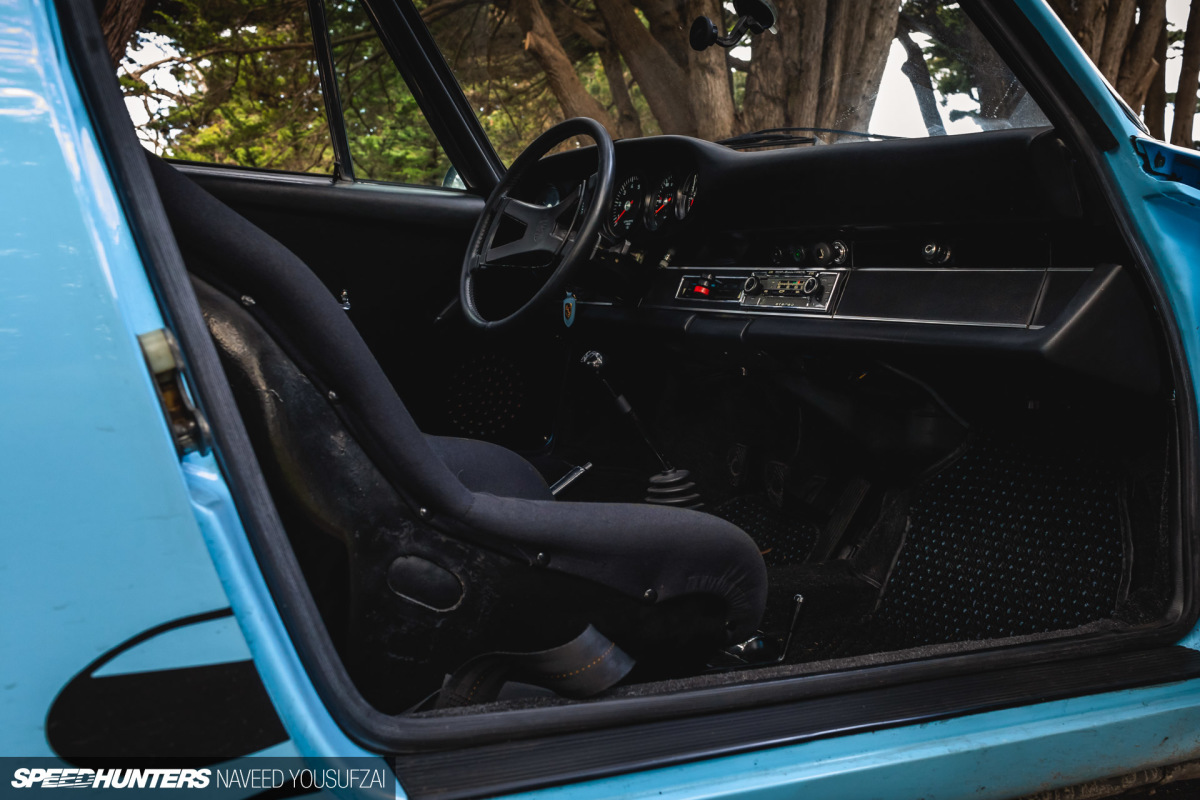
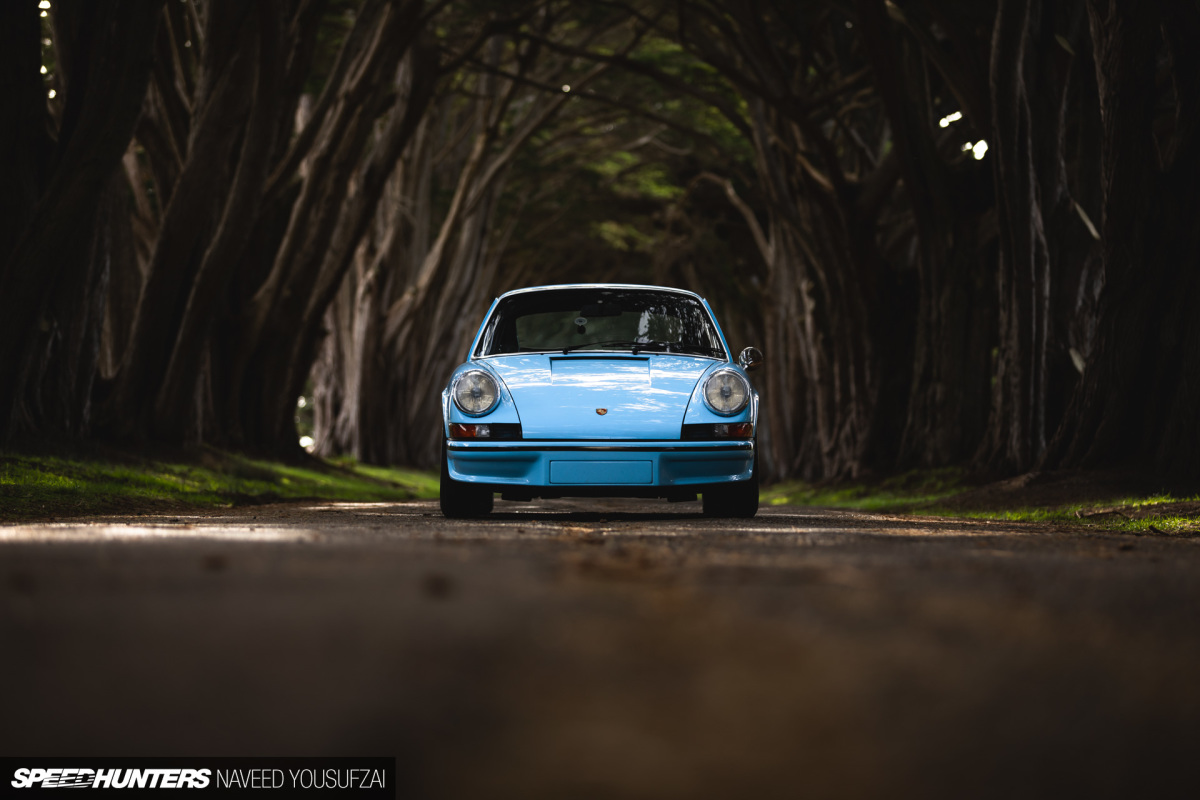
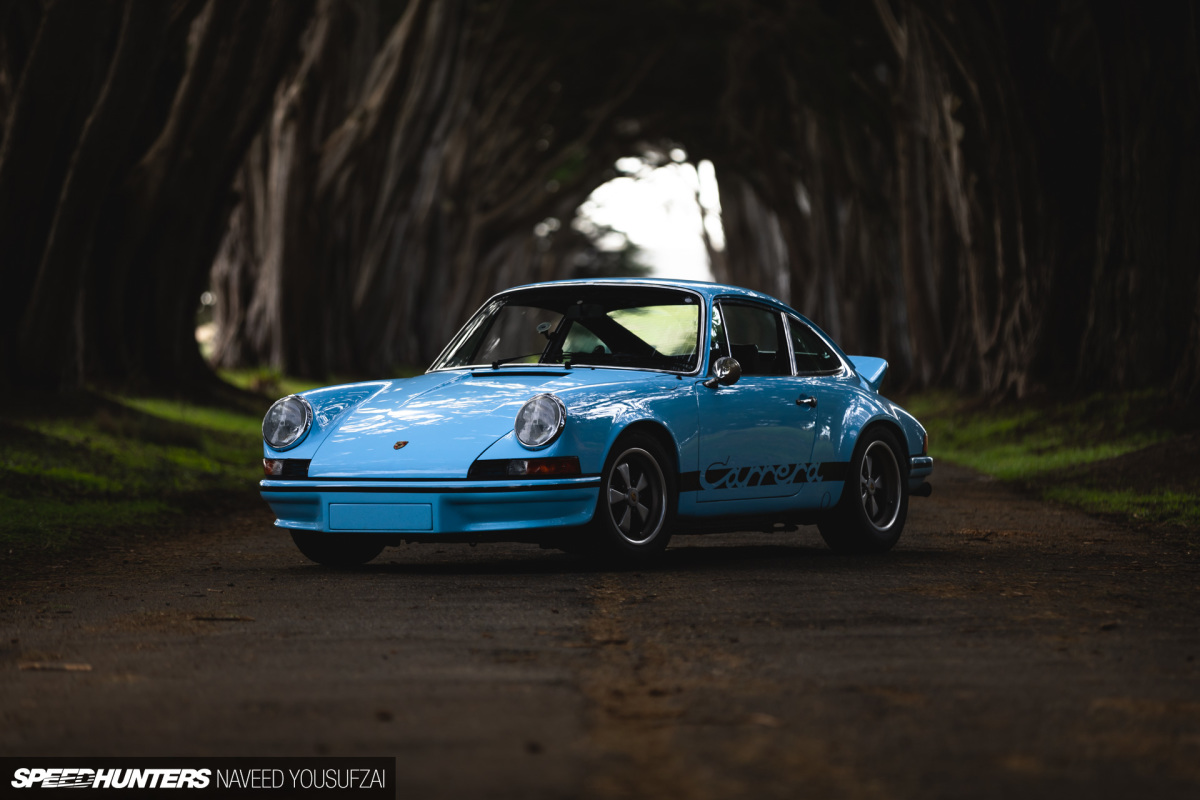
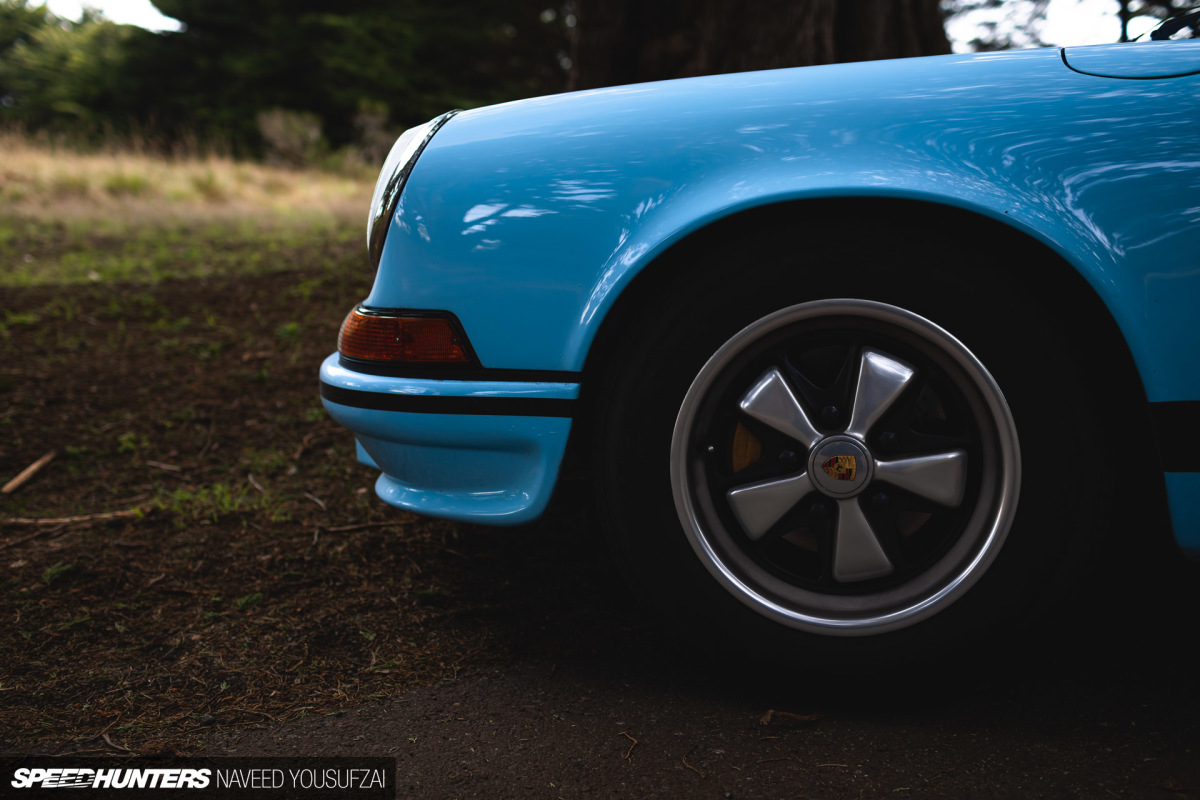
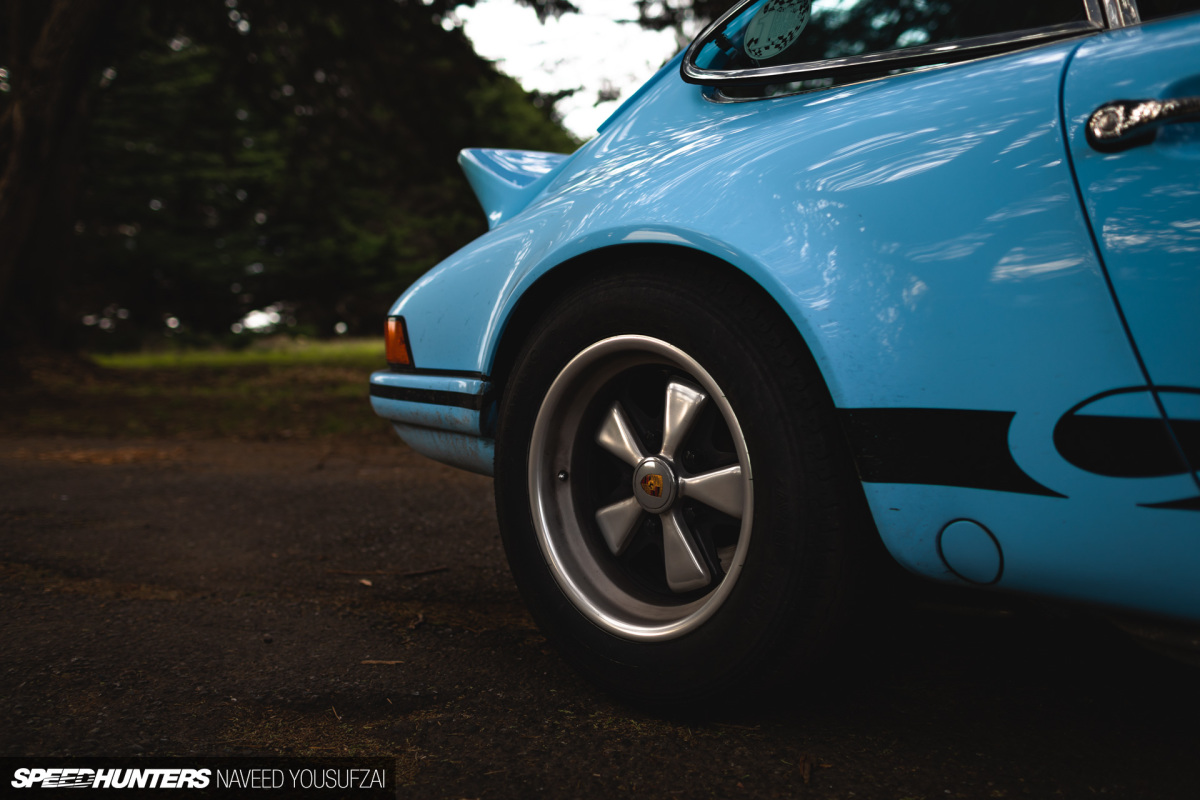
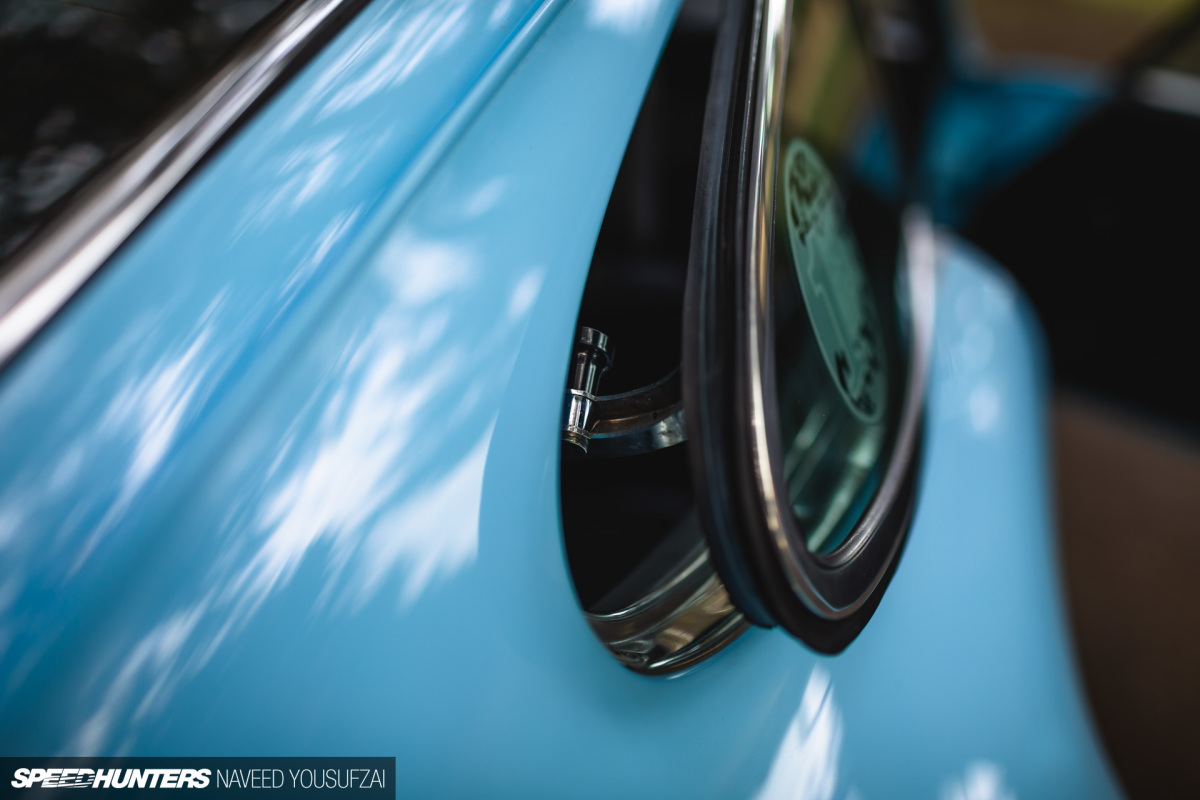
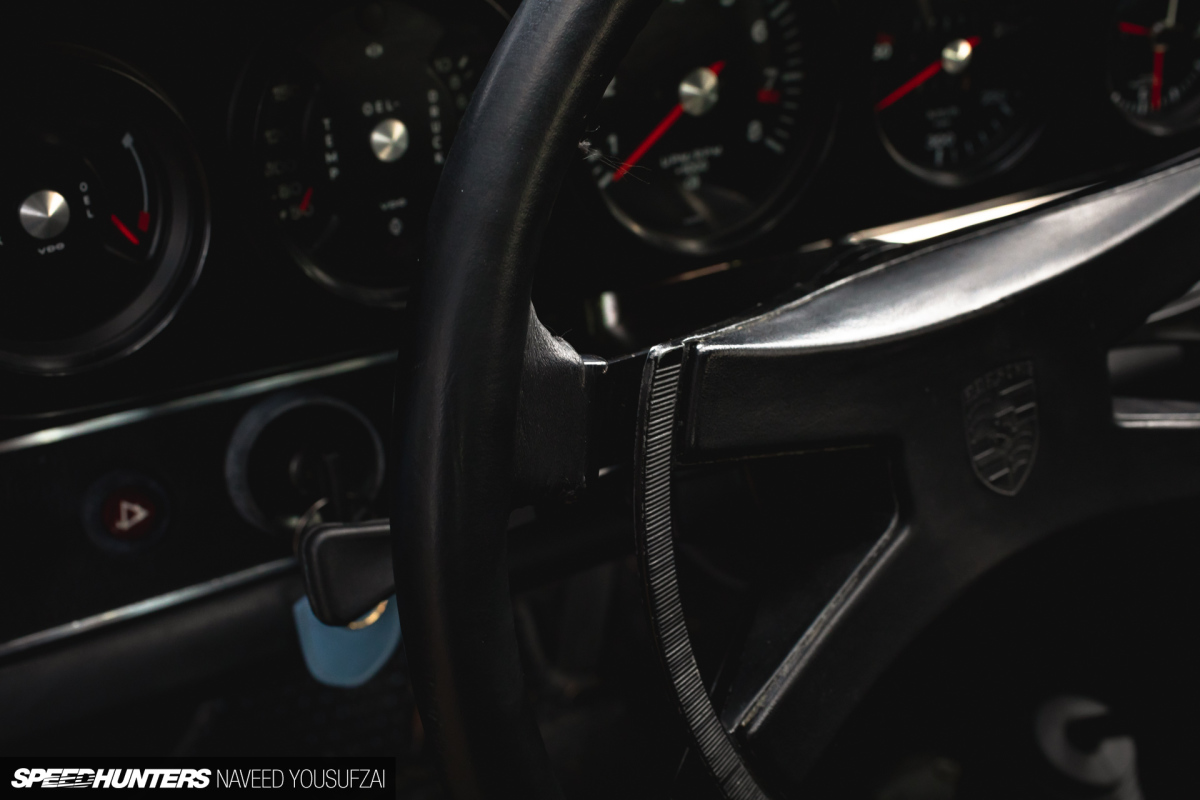
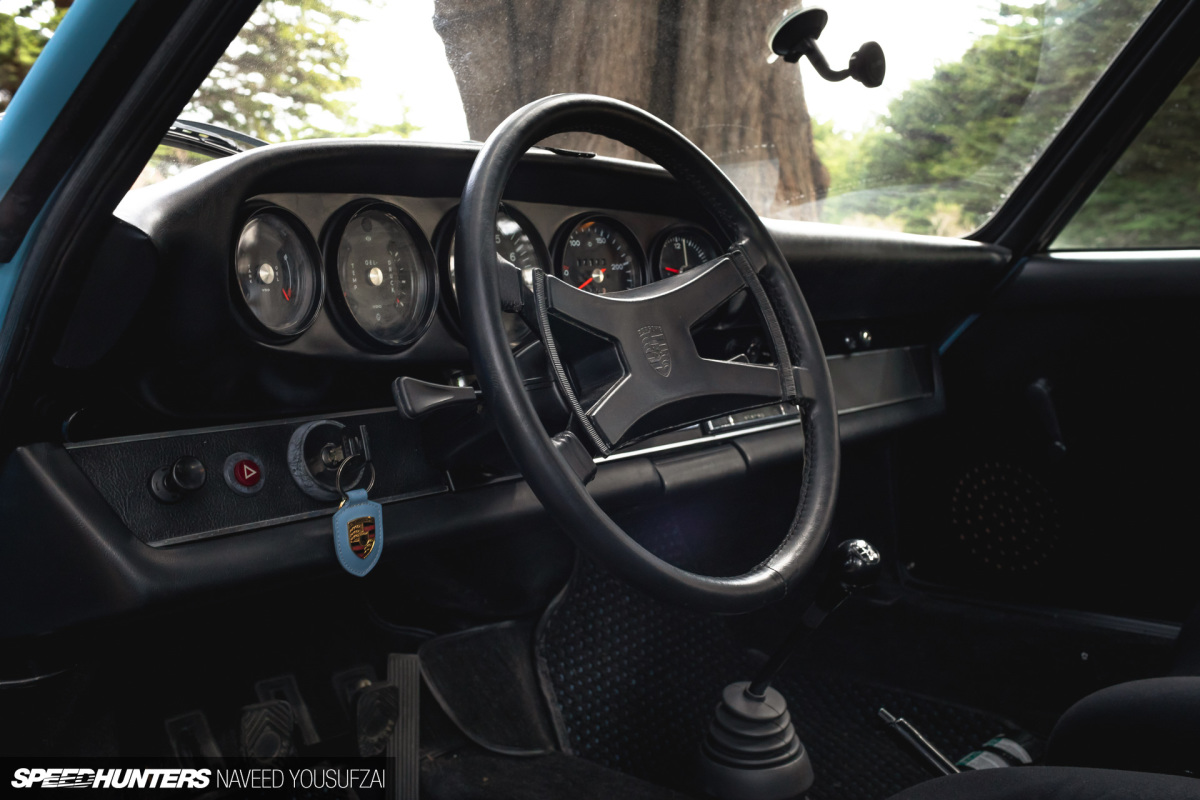
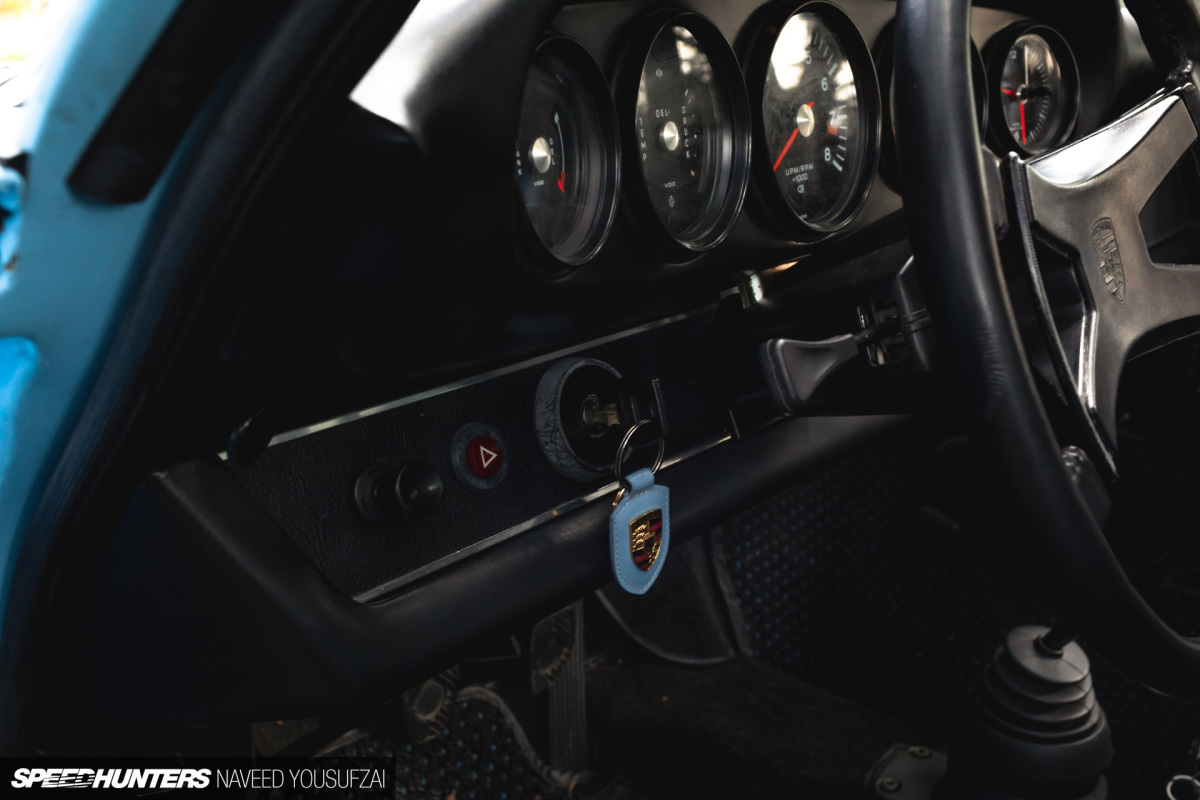
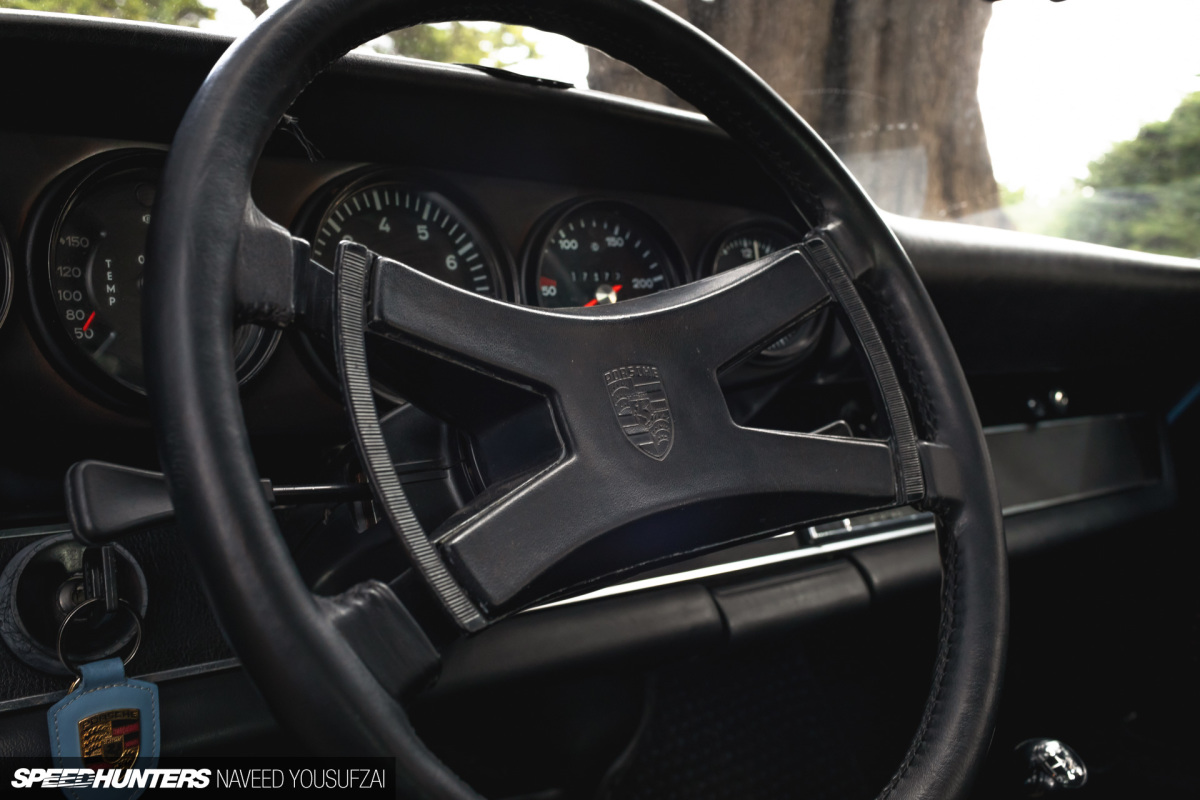
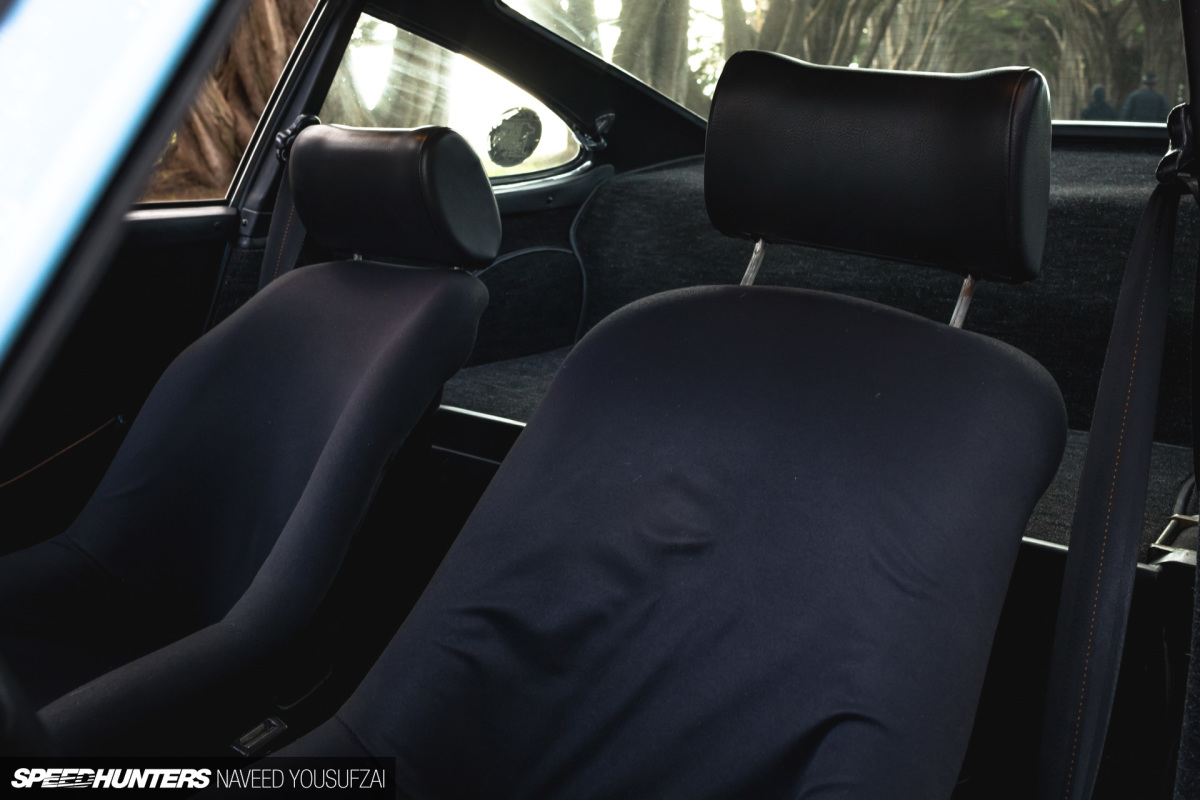
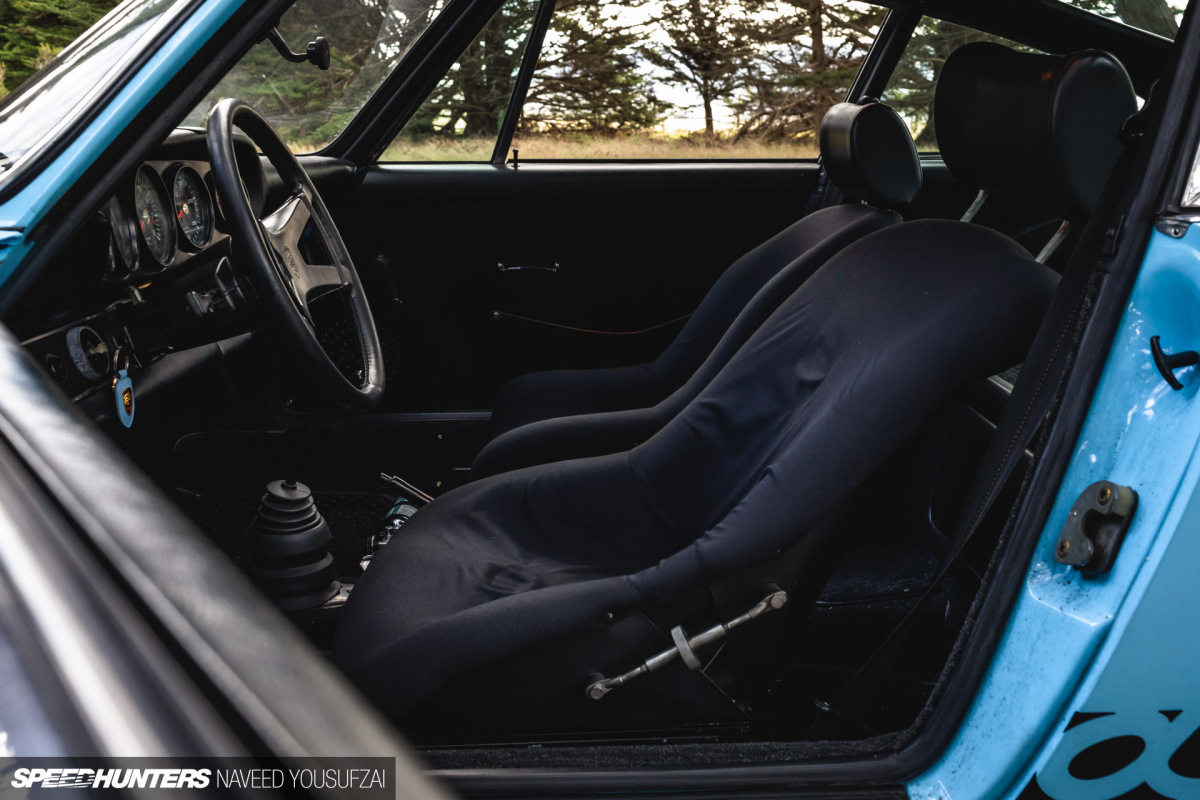
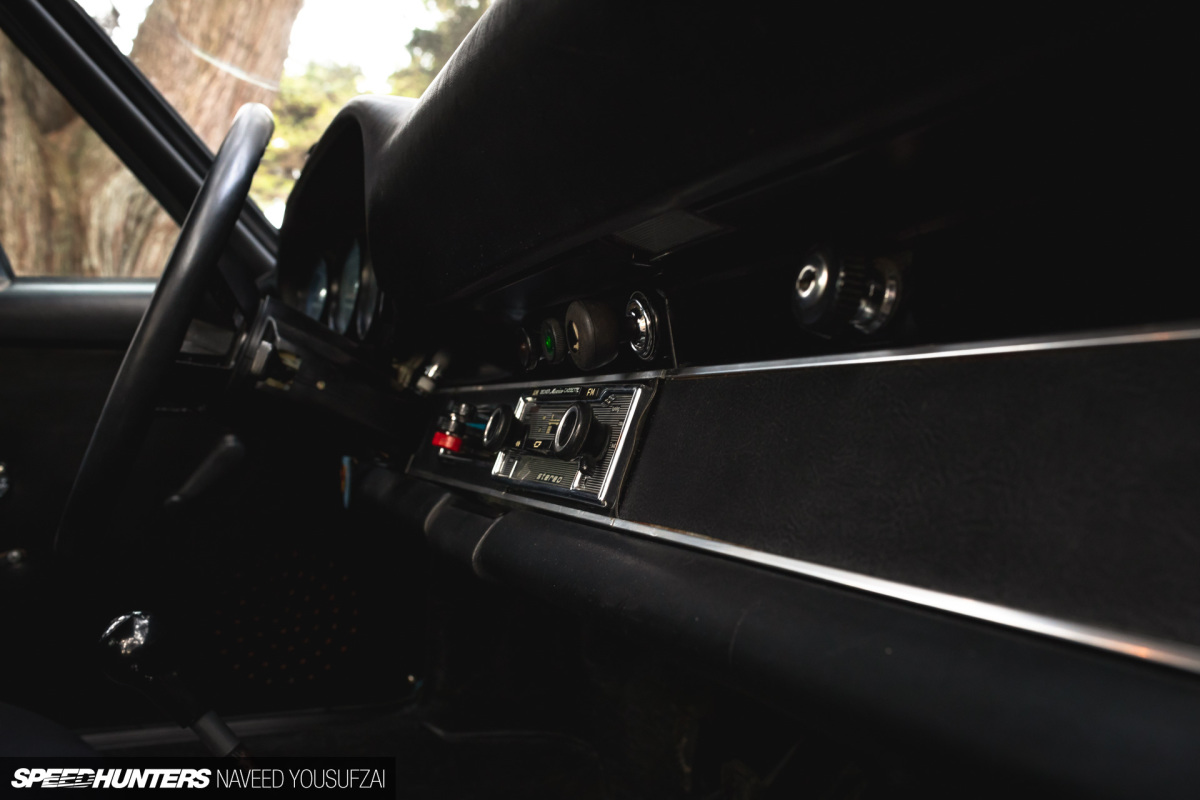
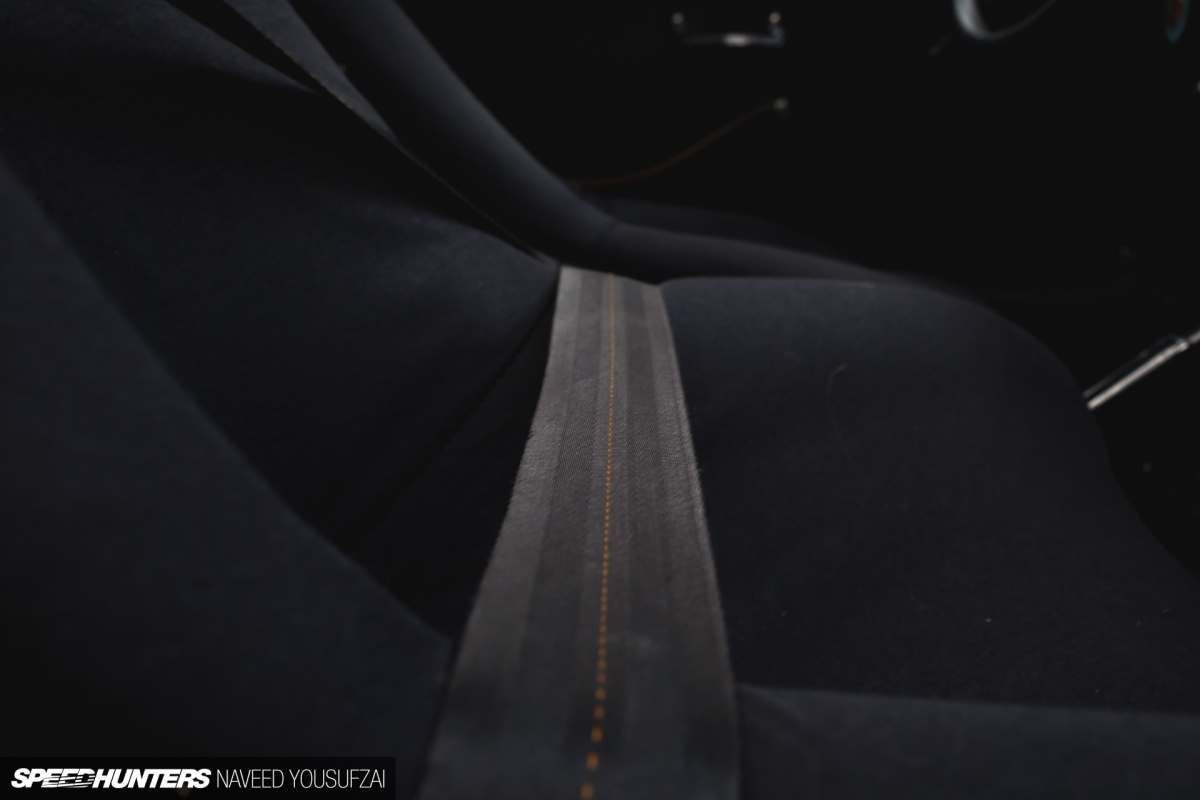





The original '73 Carrera RS, still the BEST 911 ever made.
Sure modern ones have better performance, but none of those can give you the true SENSATION like this one.
It IS the holy grail of all 911s. Thanks for sharing this fantastic article, this one made my day!
one hundo.
Great ode for a great car
And glad to see it’s being driven and shared even !!!
I'm happy to say the owner drives everything he owns =)
No, this can't be your final story!
Incredible! Love the color! Paul Miller has a brand new-looking 1973 Carrera RSR in his showroom in New Jersey. My personal favorite is the 993 twin turbo widebody or the Evo. Think those are the baddest Porsches ever made.
I don’t know, I feel like the Porsche legacy isn’t that I think innovative. Most of the cars had the same body type and they mostly had the same engine. There’s not really much difference between the Porsche’s of then and the Porsche’s of now. I get the whole driving feel argument and the whole if it ain’t broke don’t fix it argument but in my opinion, they should have had more innovation with each model in order for there to be this much praise about Porsche
I'd beg to differ. They innovate with every generation. They literally just built a GT2 RS MR, which is the fastest road legal car to ever hit the ring? What more could anyone want?
Thanks Naveed for your thoughts on that car! And thanks to your friend with all those homologation cars to let you showcase them!
Any details on this particular car? The details indicates that it's not an original Carrera RS Lightweight. Is it a replica build?
I believe this car is a Touring, with some lightweight bits. It's absolutely authentic though, COA and all.
great car and story! lots of nice wallpapers to choose from.
small nit-pick, what's with all the dirty cars in features lately? I love the street driven look as much as the next guy, but for a proper phot oshoot it'd be nice to see the cars get washed up and quick detailed first.
G, Dude, your cars are filthy. Spend more time washing your cars and less time driving them!
The owner cycles through cars in his collection throughout the month. There's no time for detailing when you're driving as much as he does (almost every morning).
My all time favourite 911, thanks.
I know this car is a the epitome of a driver’s car and it’s great that they’re being driven and all, but why do these owners allow their super rare and super iconic cars get that dirty? The Turbo S2 you spotlighted was dirtier than this RS. I have a distinct feeling that there is a reason for this, maybe it’s about the passion of such a car or something but, man, it still irks me that these super rare super iconic cars are even allowed to get this dirty by an owner’s standards. Nonetheless, this is just my opinion.
If only you could see how he drives them. lol
Right? This owner (same for both cars) needs to wash them and then LEAVE THEM IN THE GARAGE... otherwise they'll get dirty AGAIN! Super annoying.
getting dirty is the price you pay for; smiles/per mile..... made to be driven